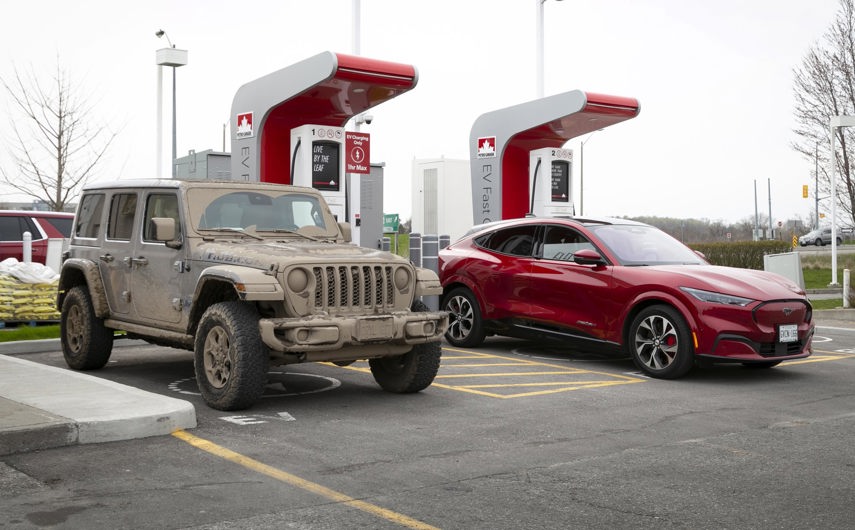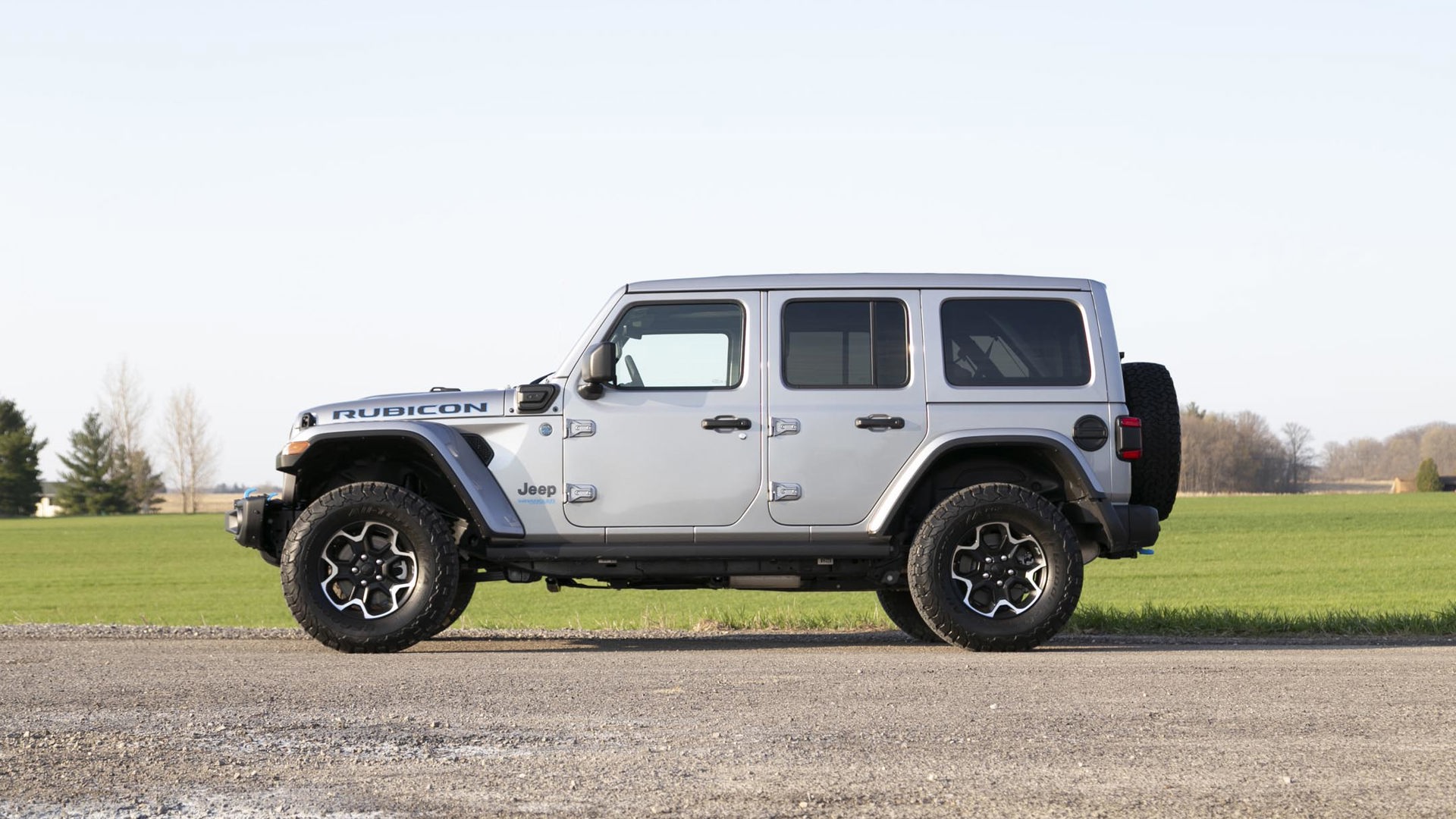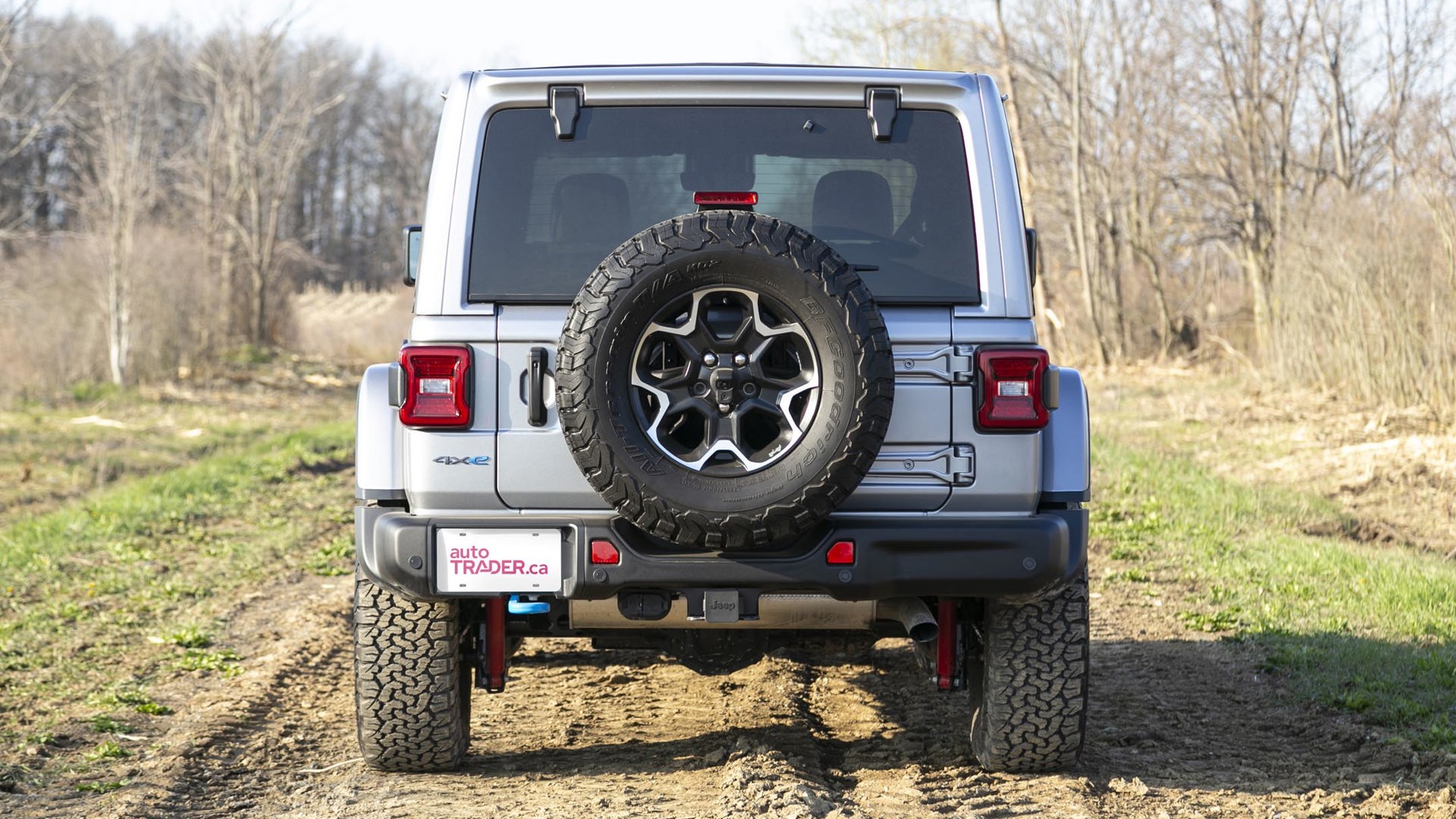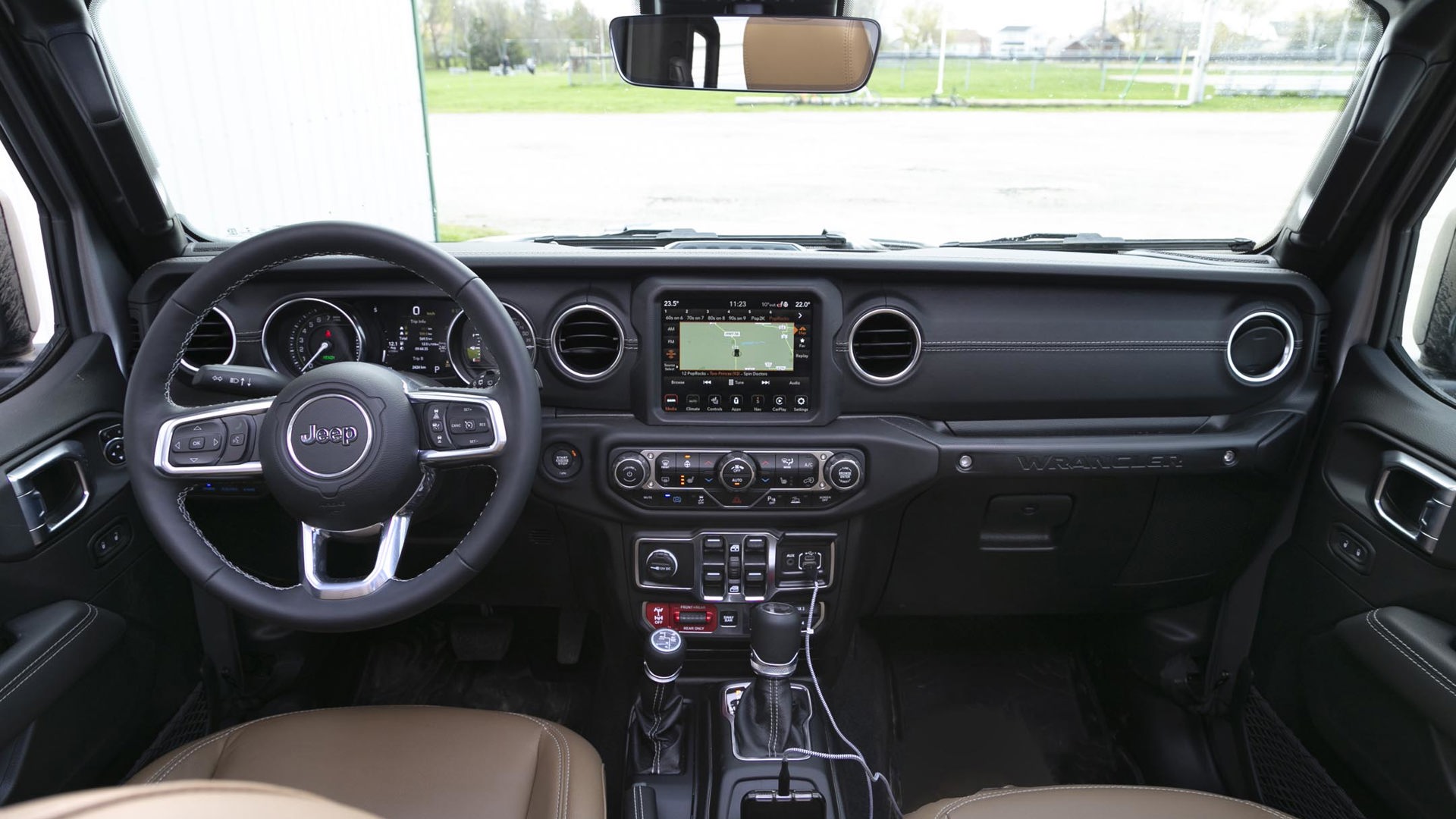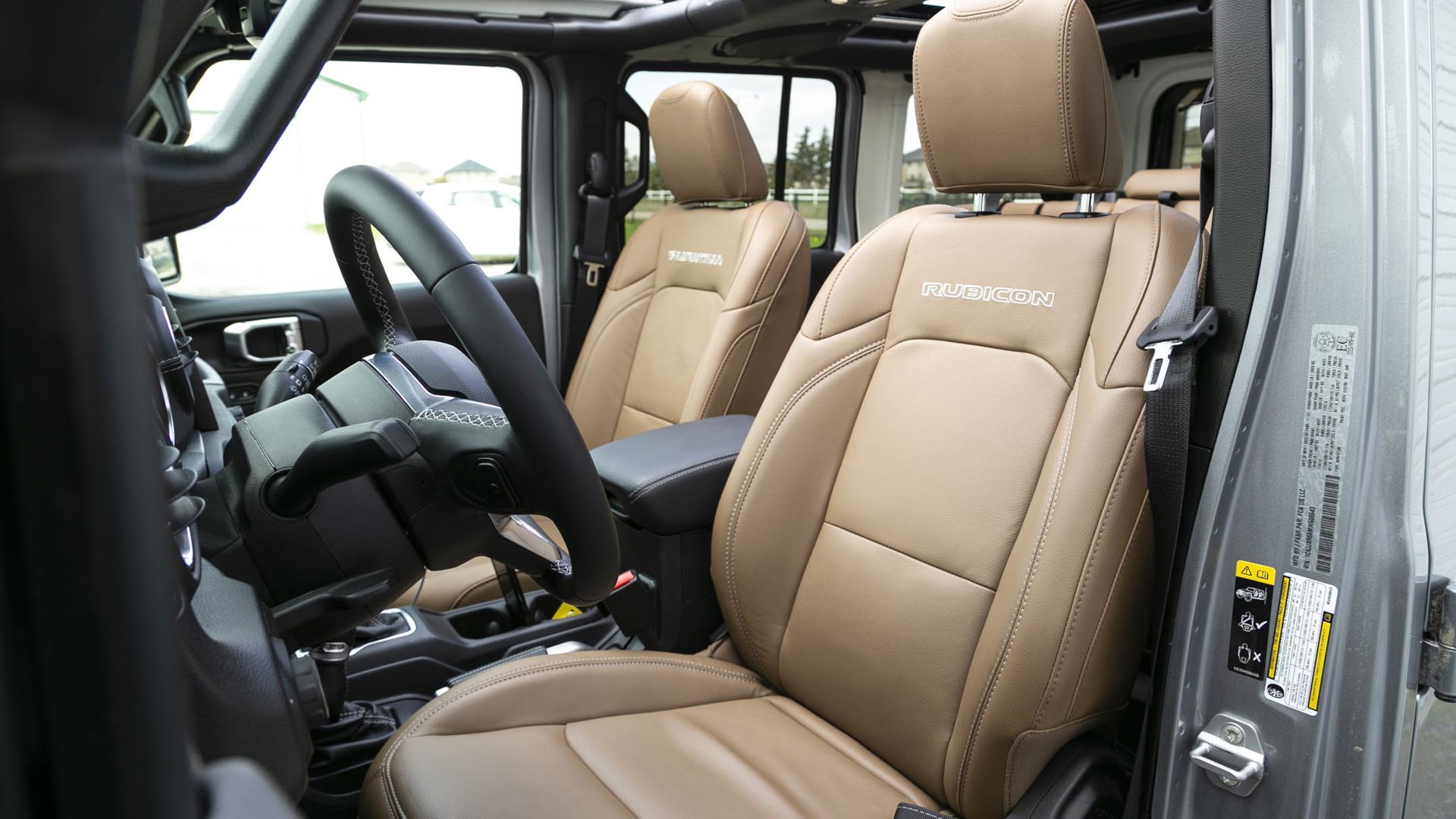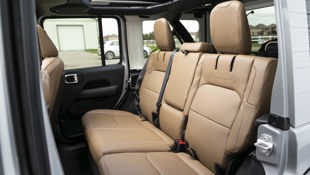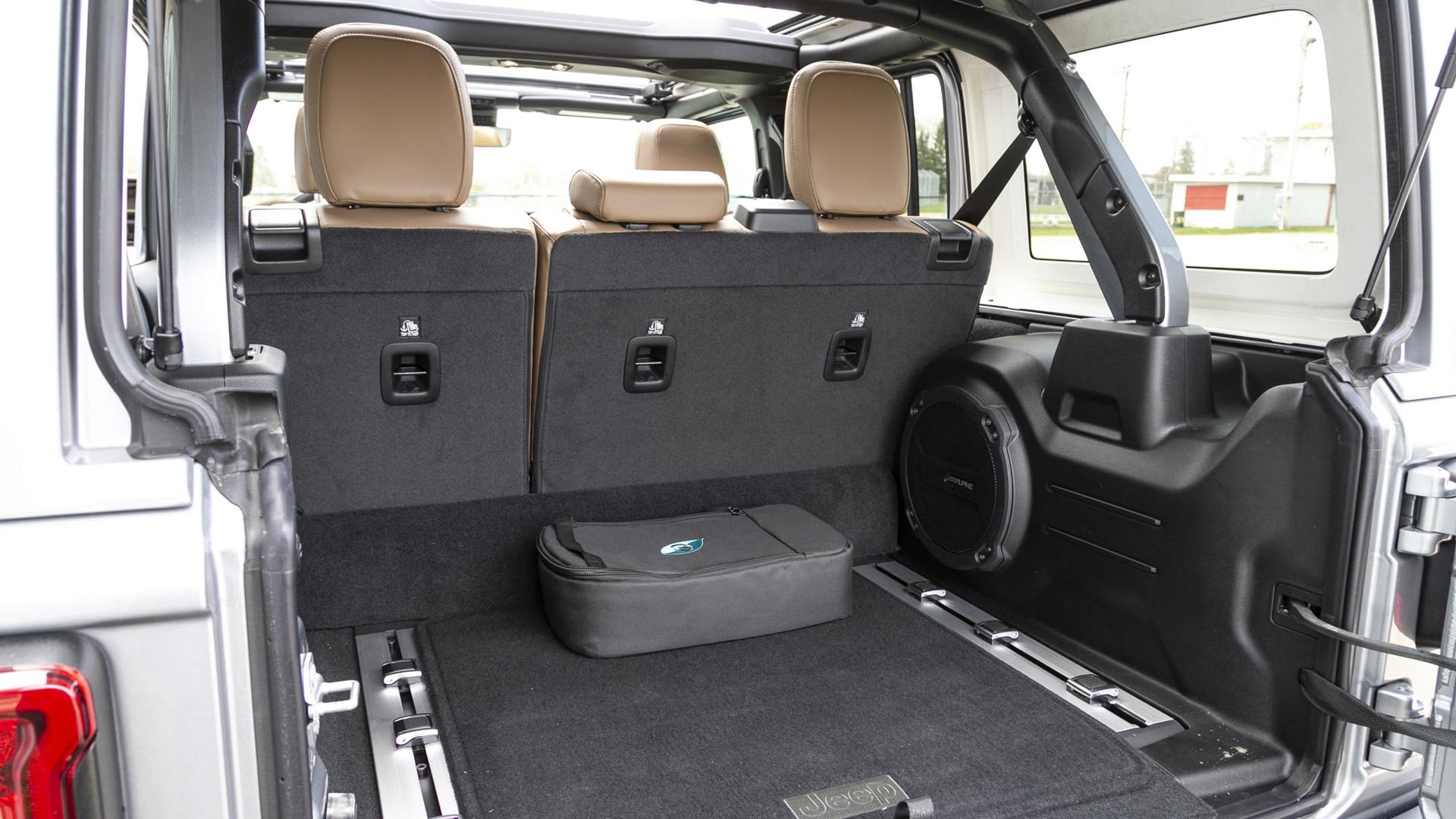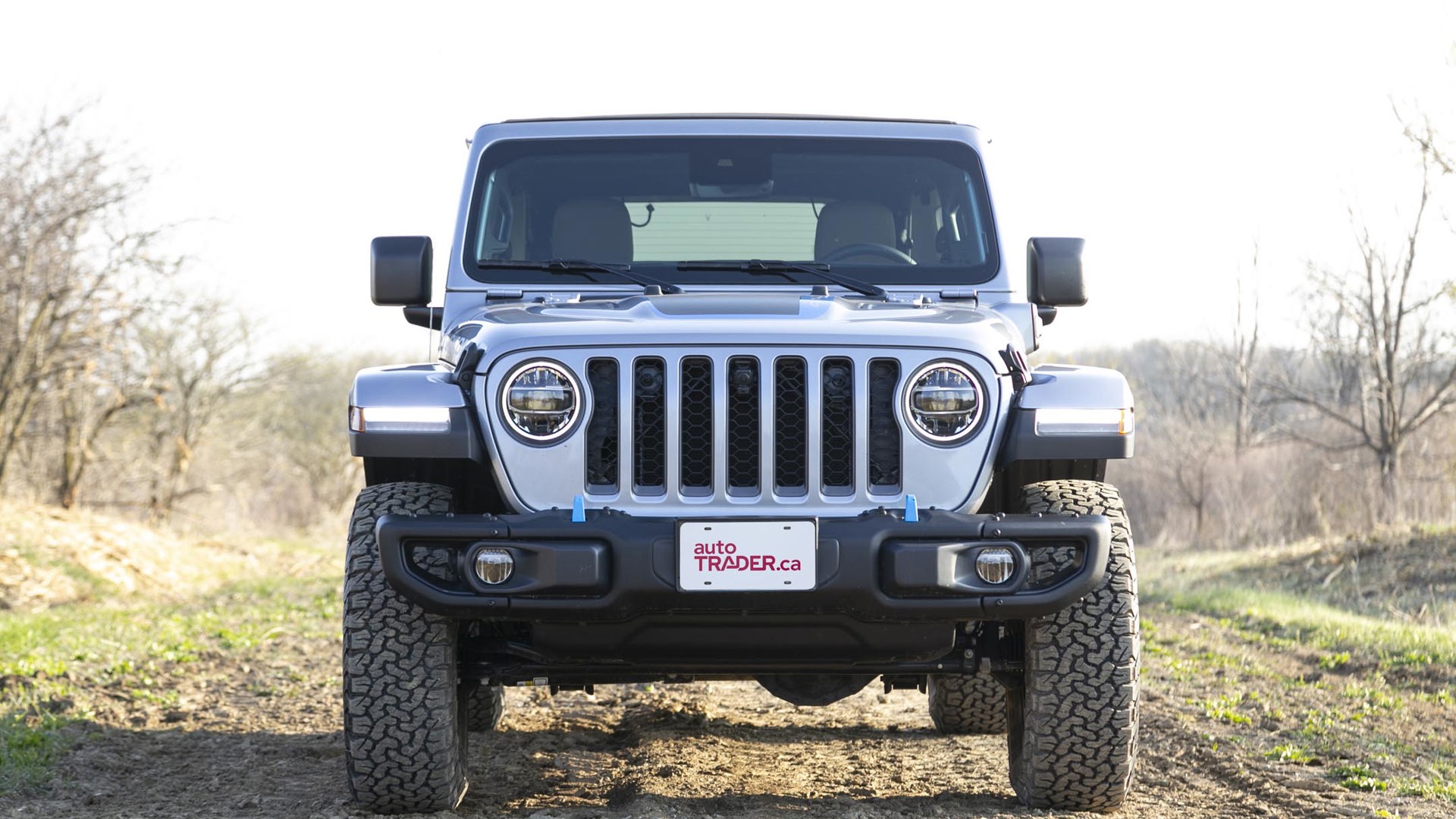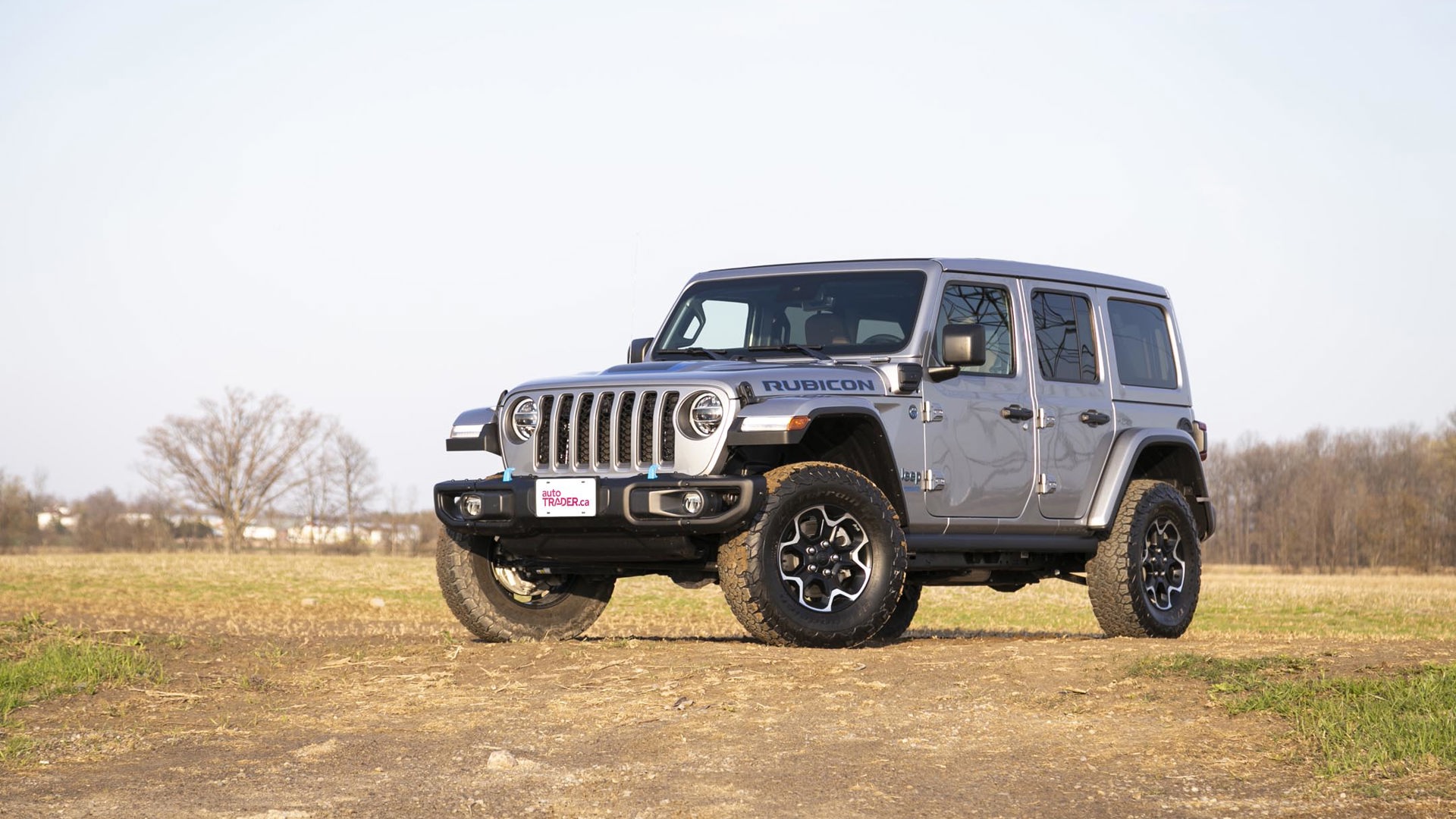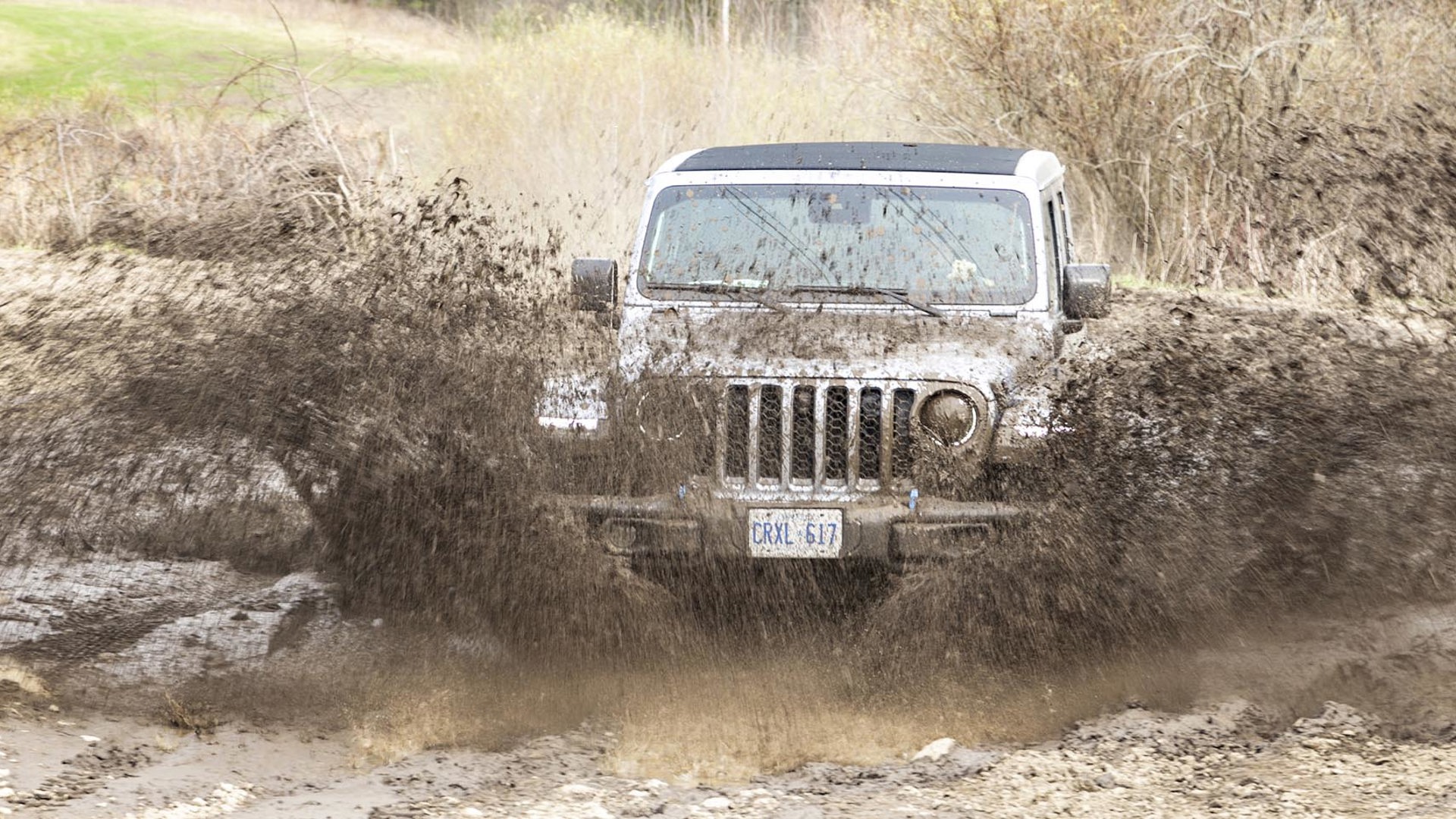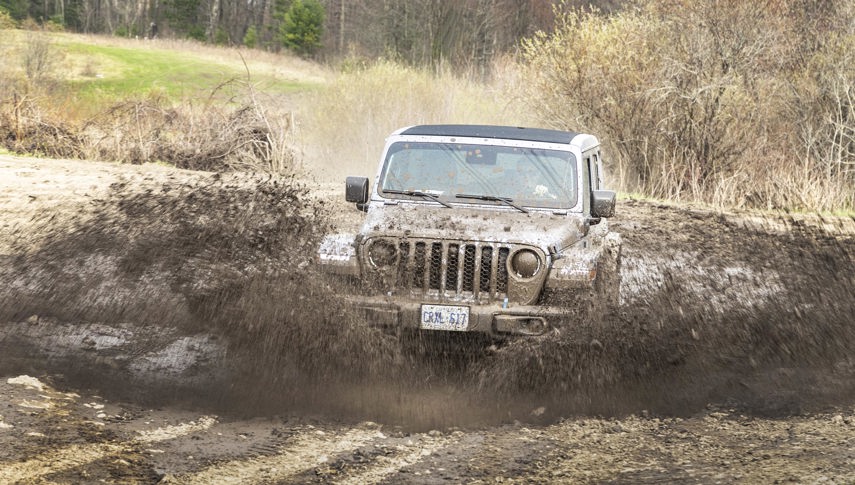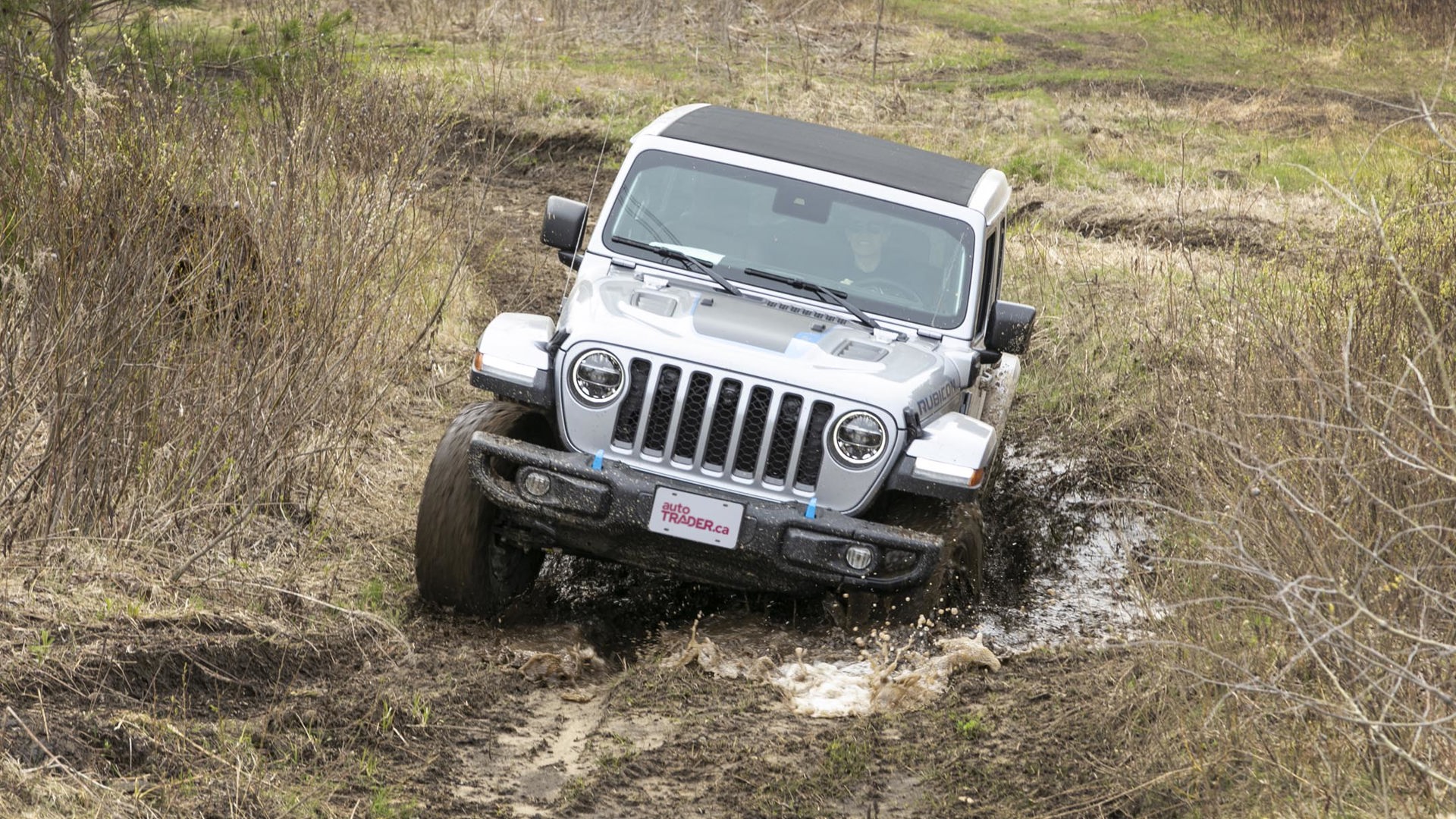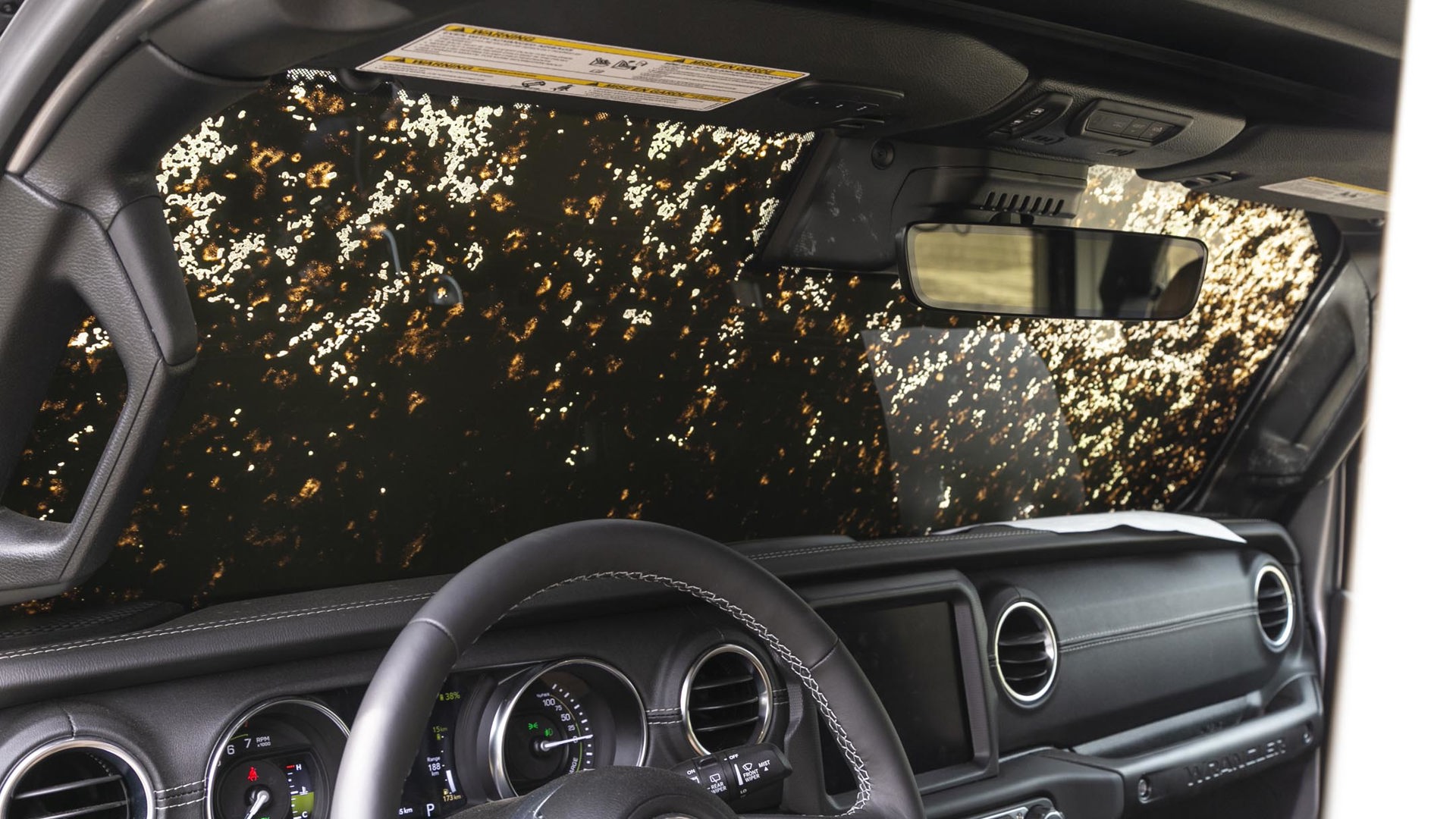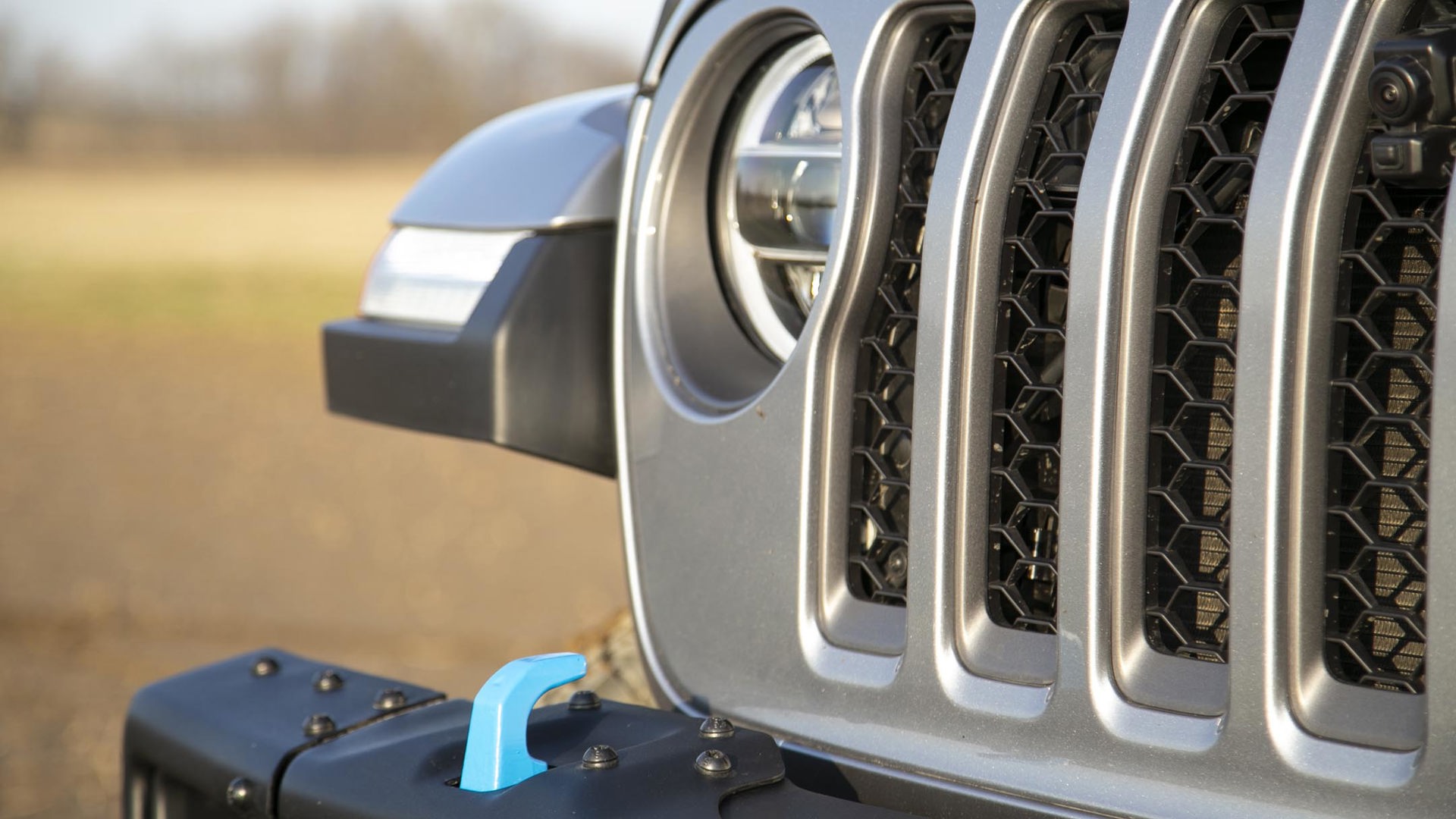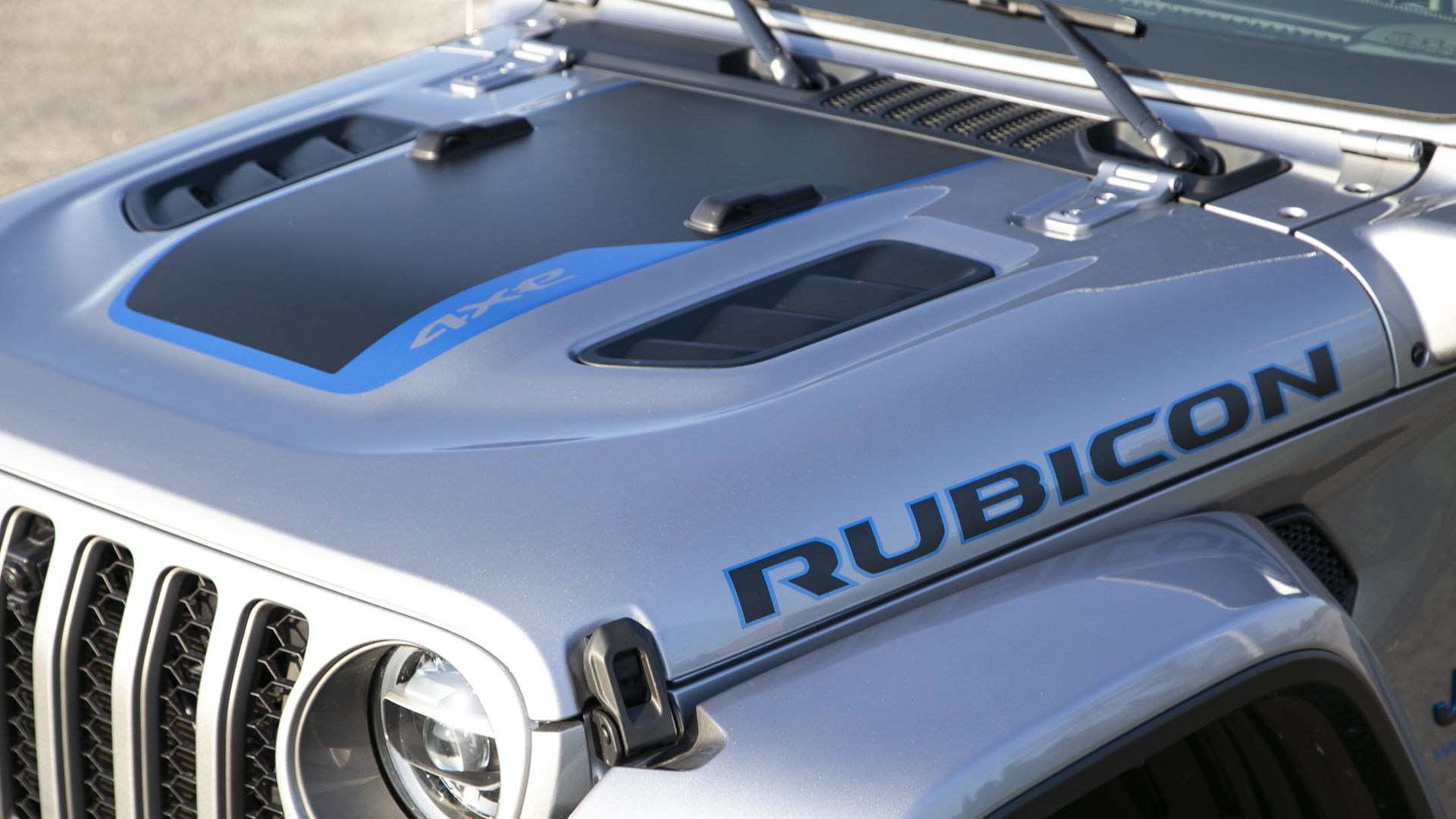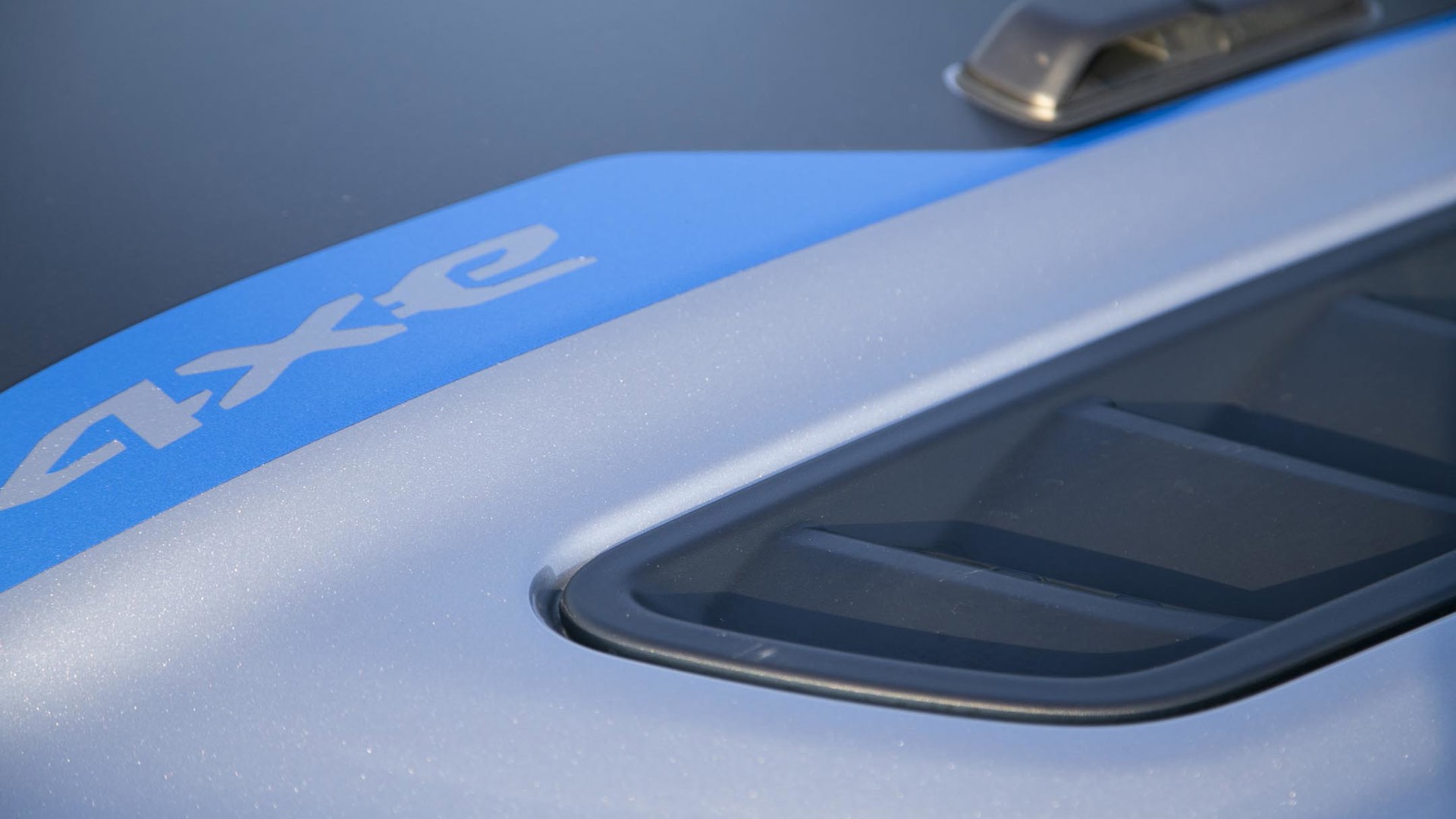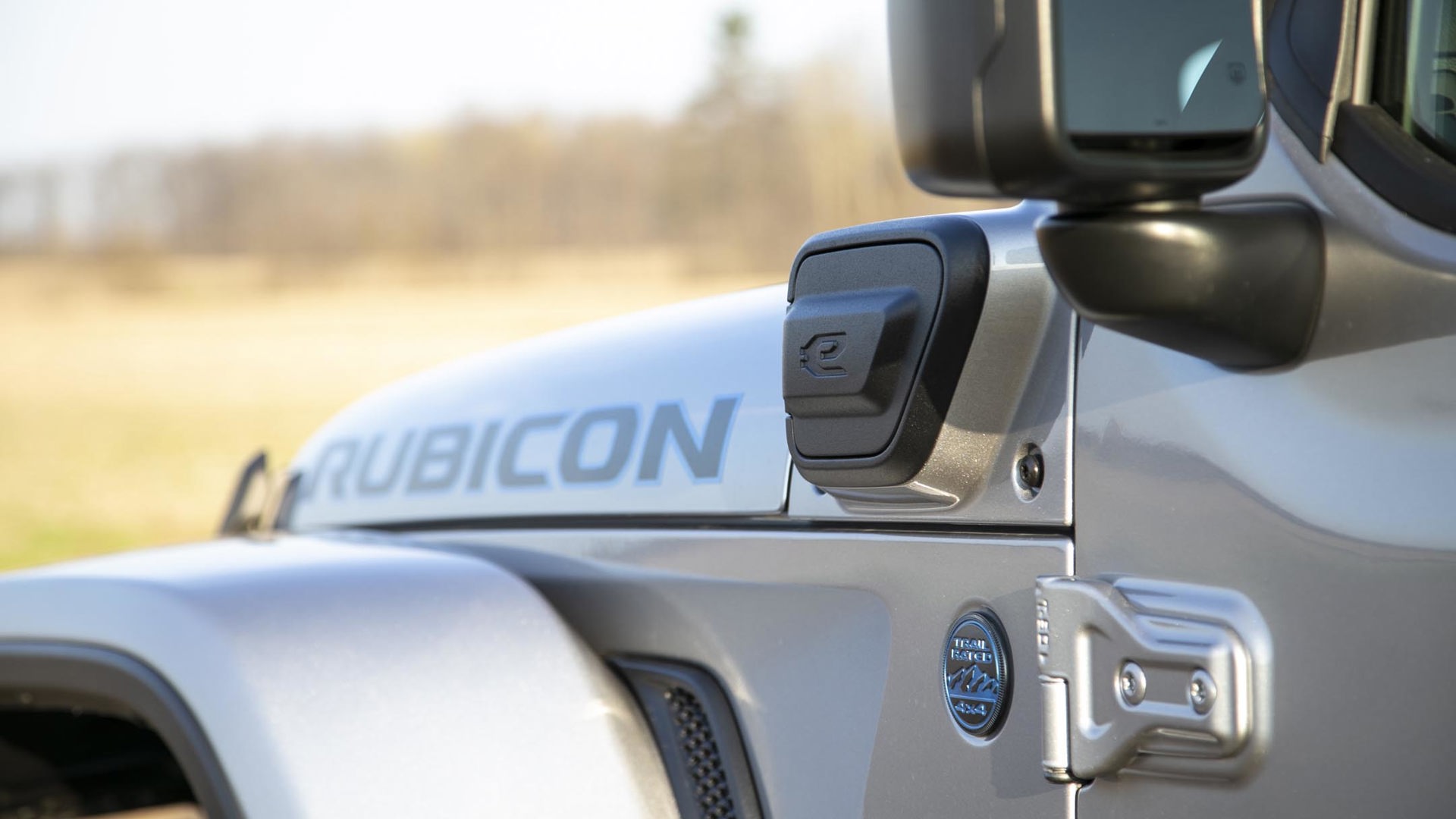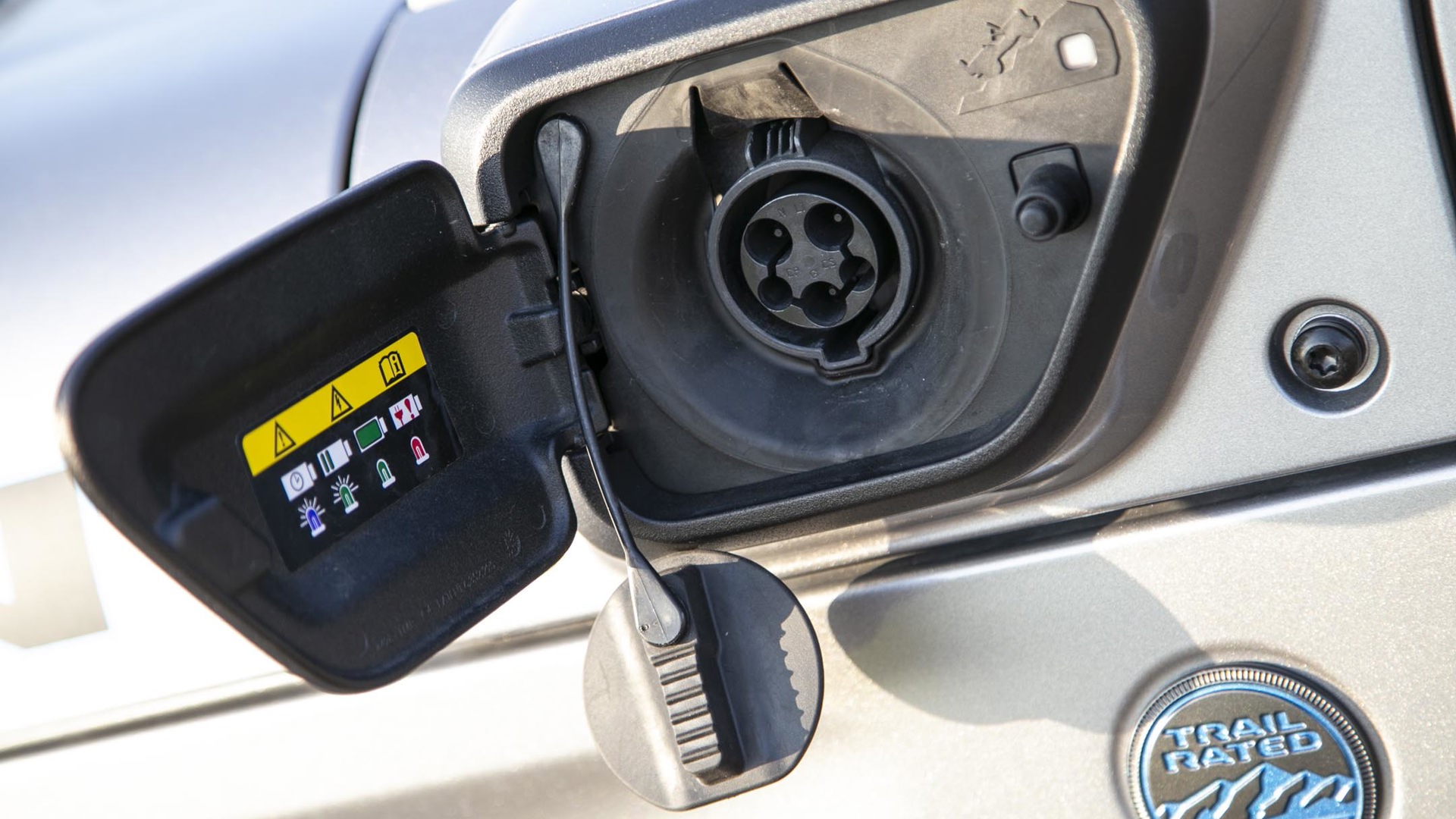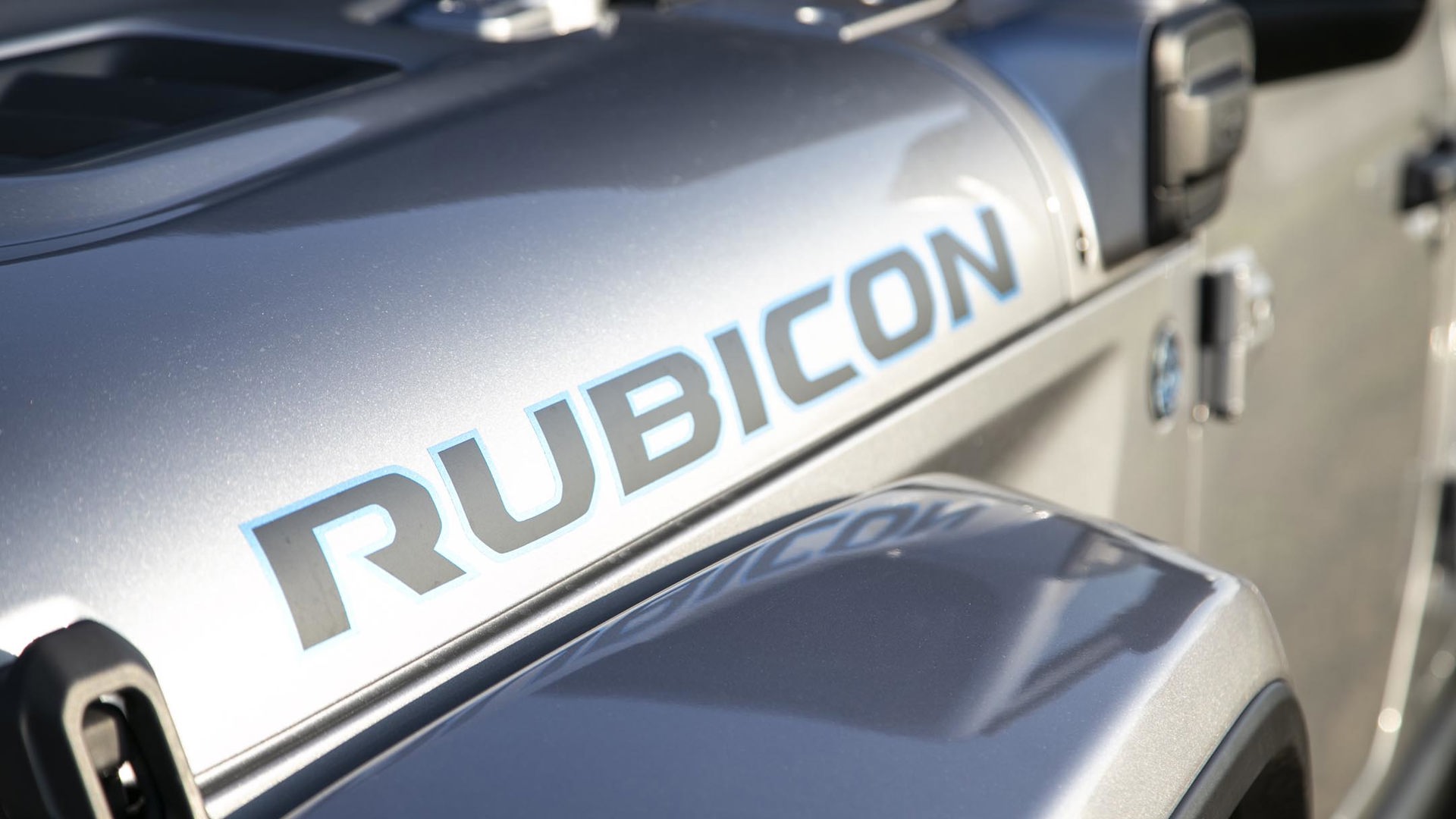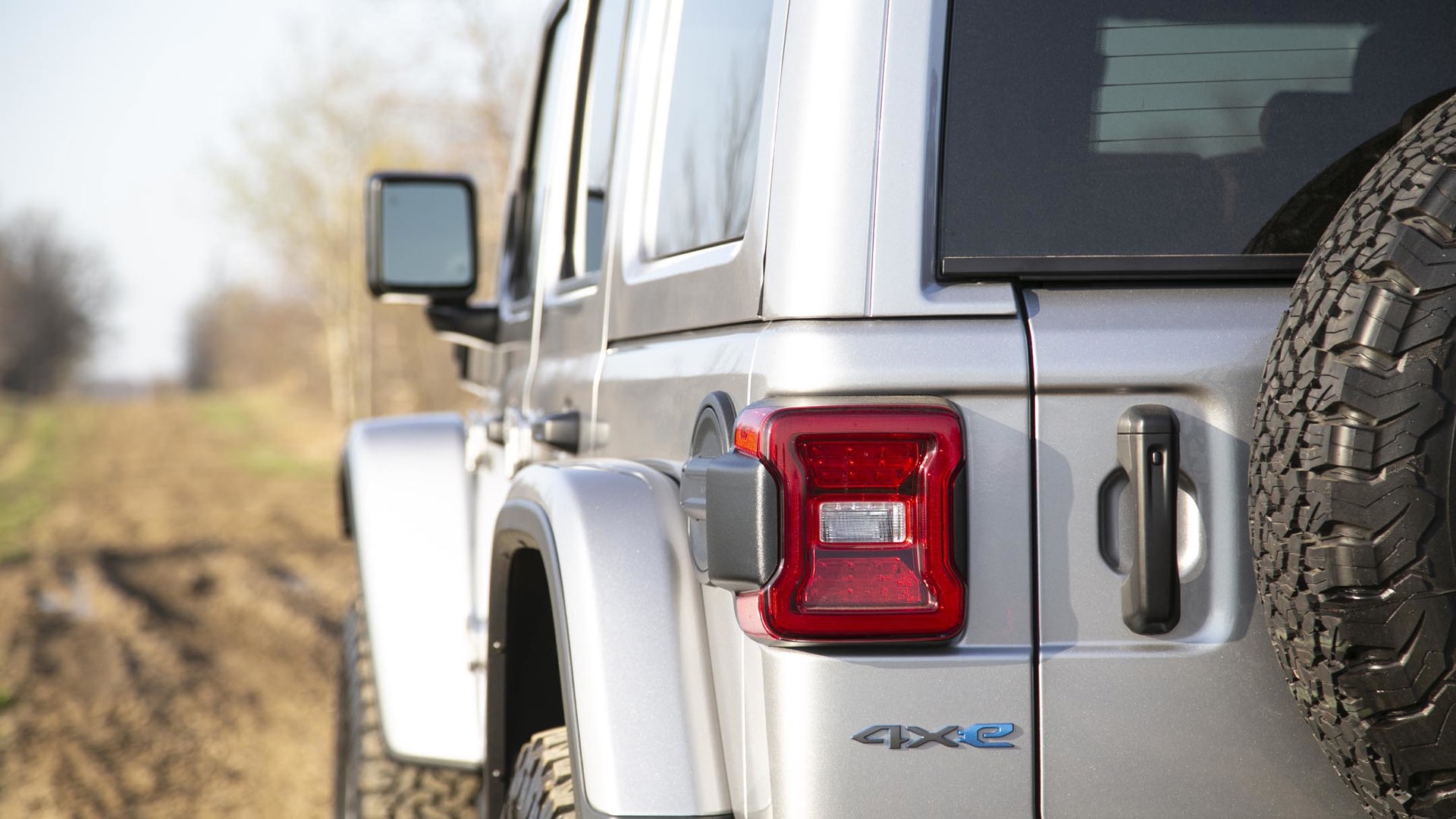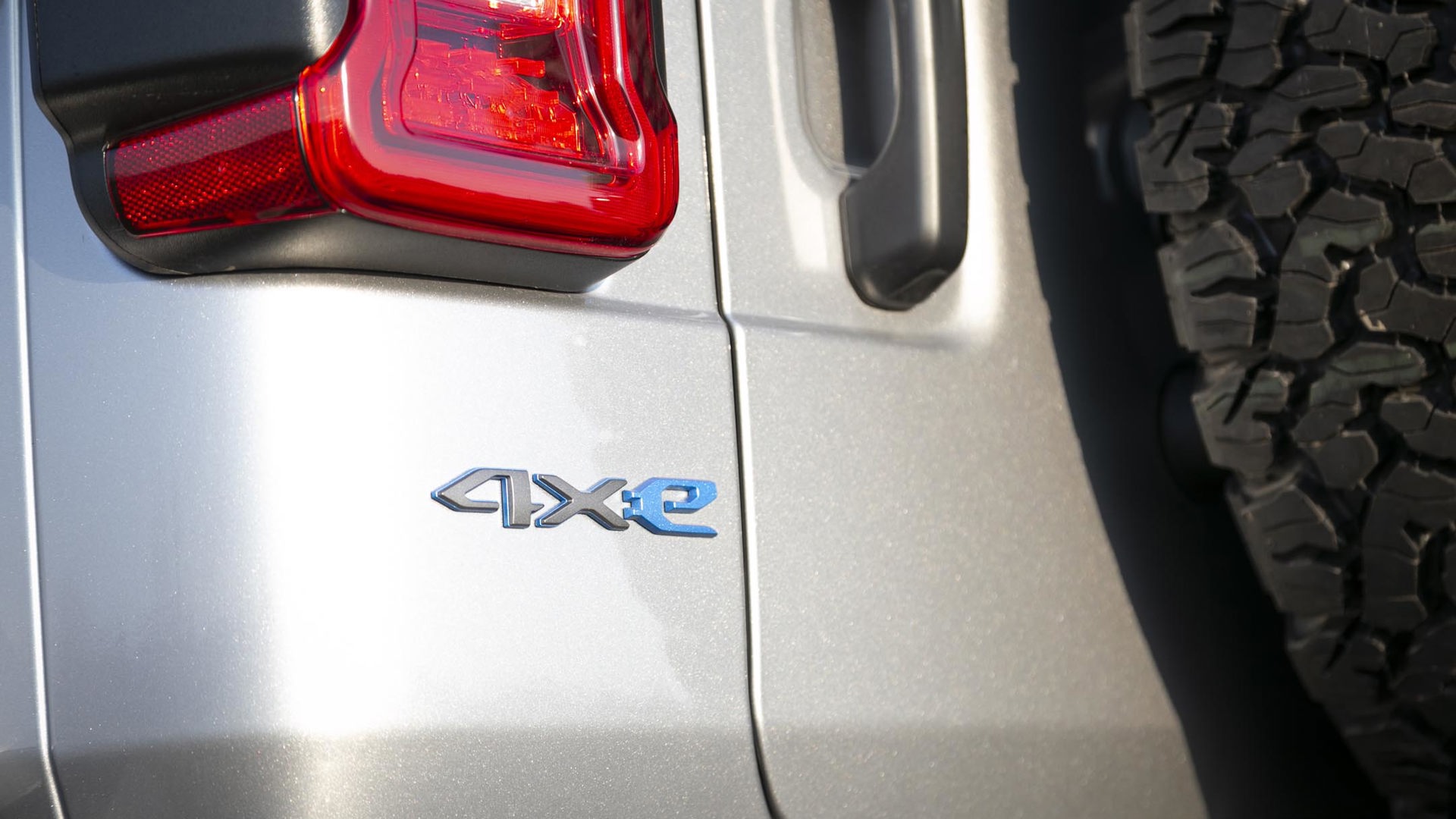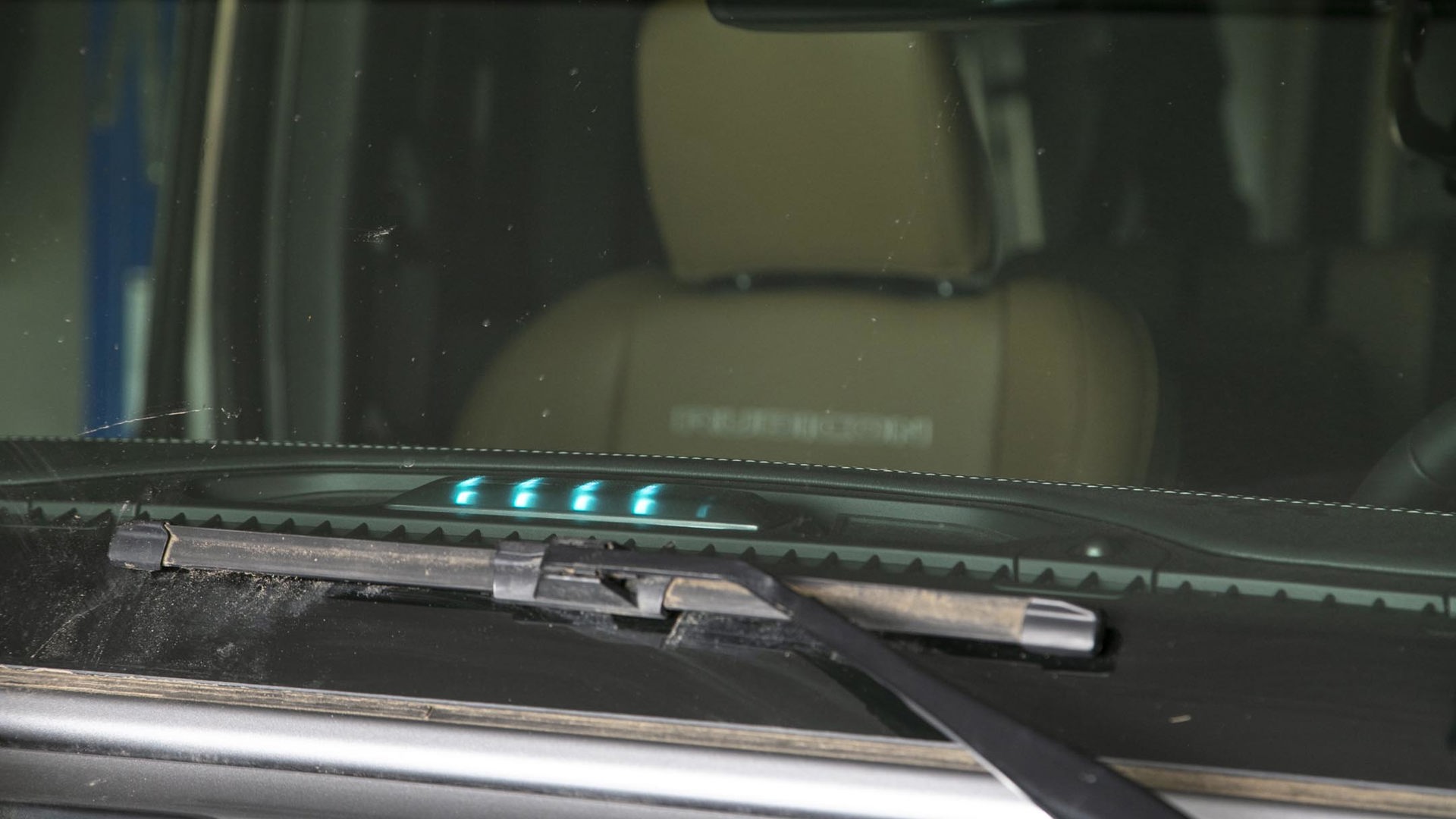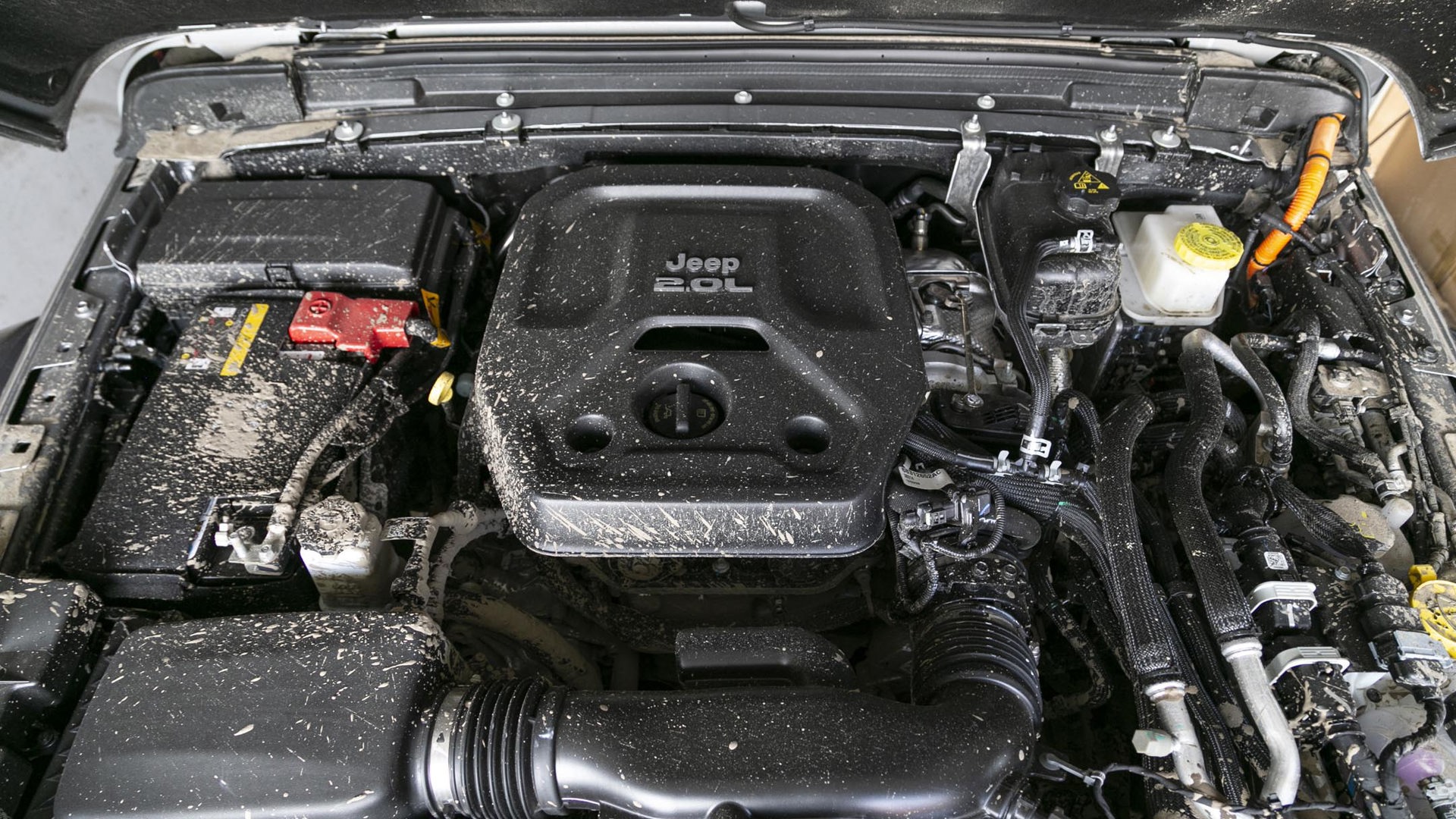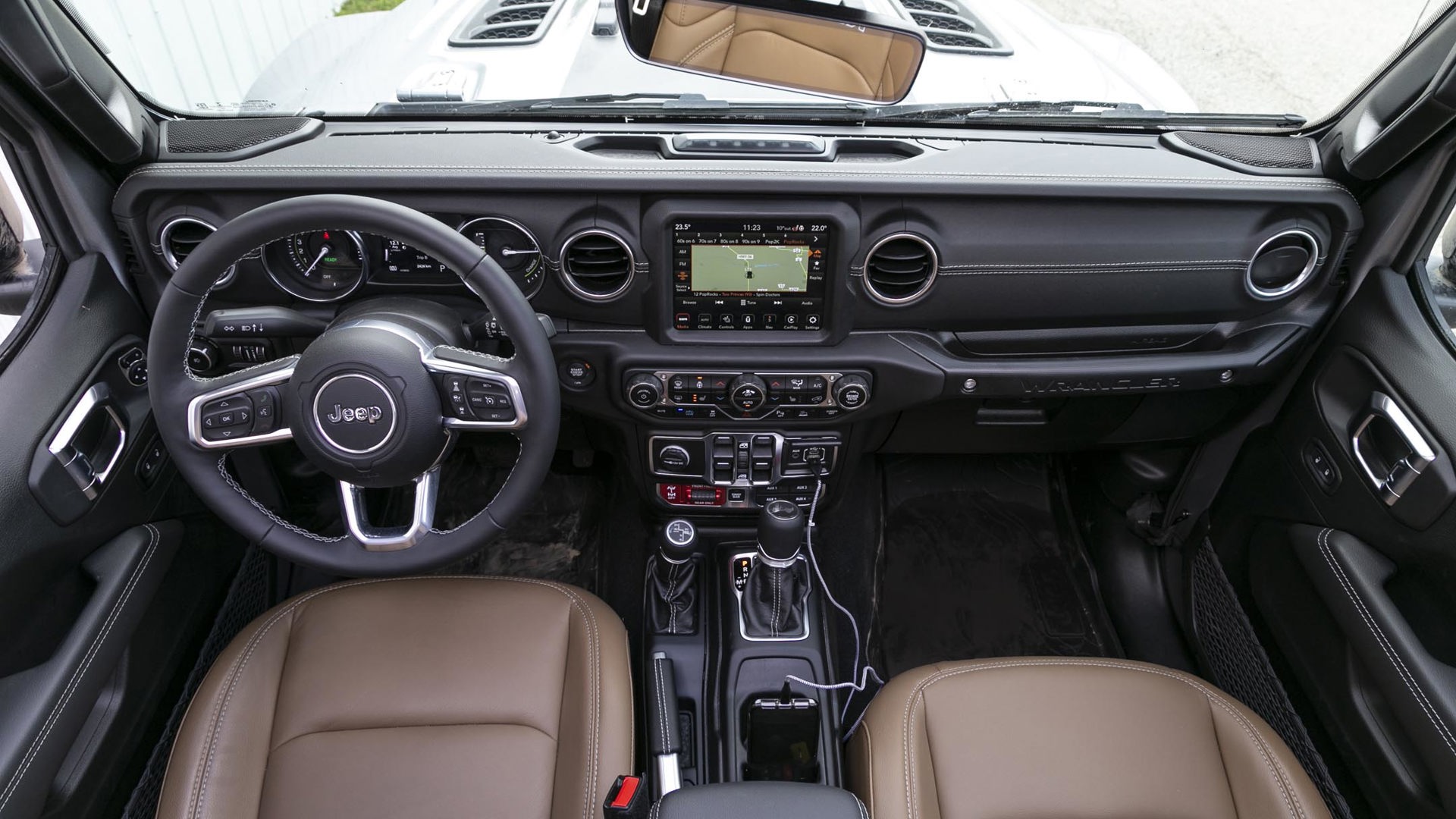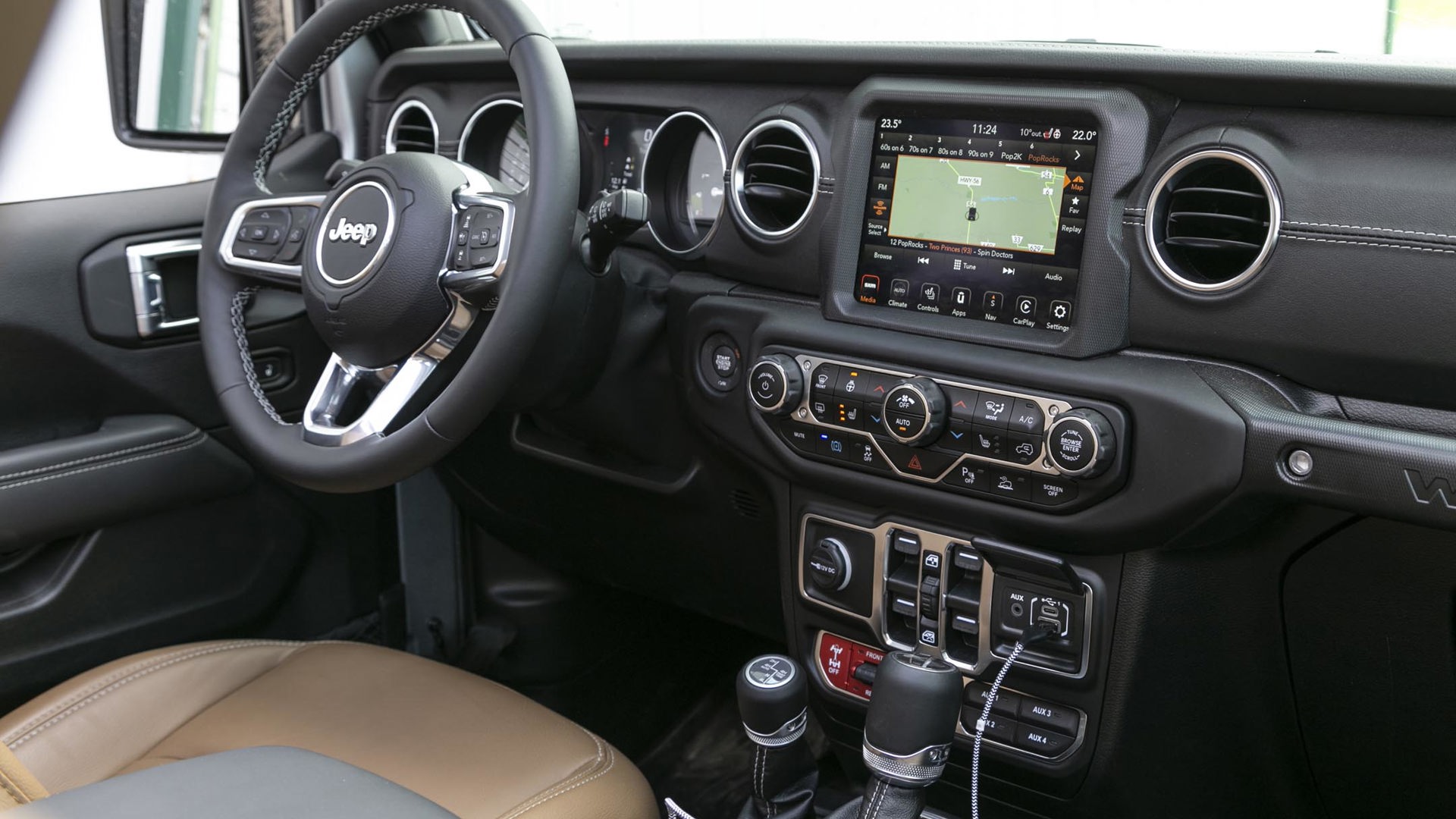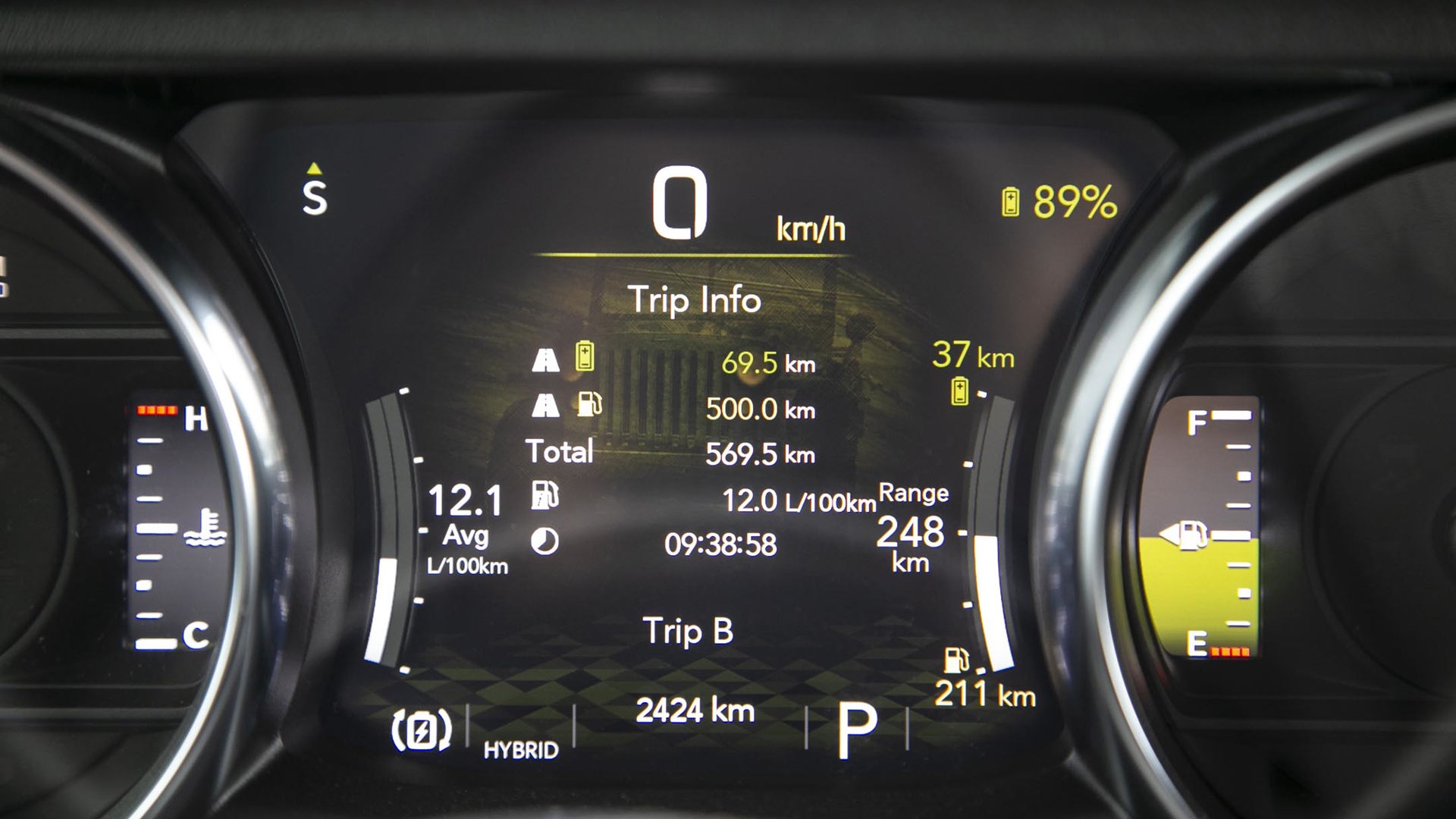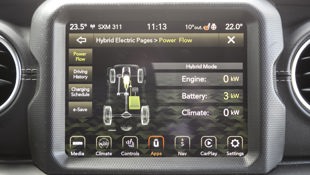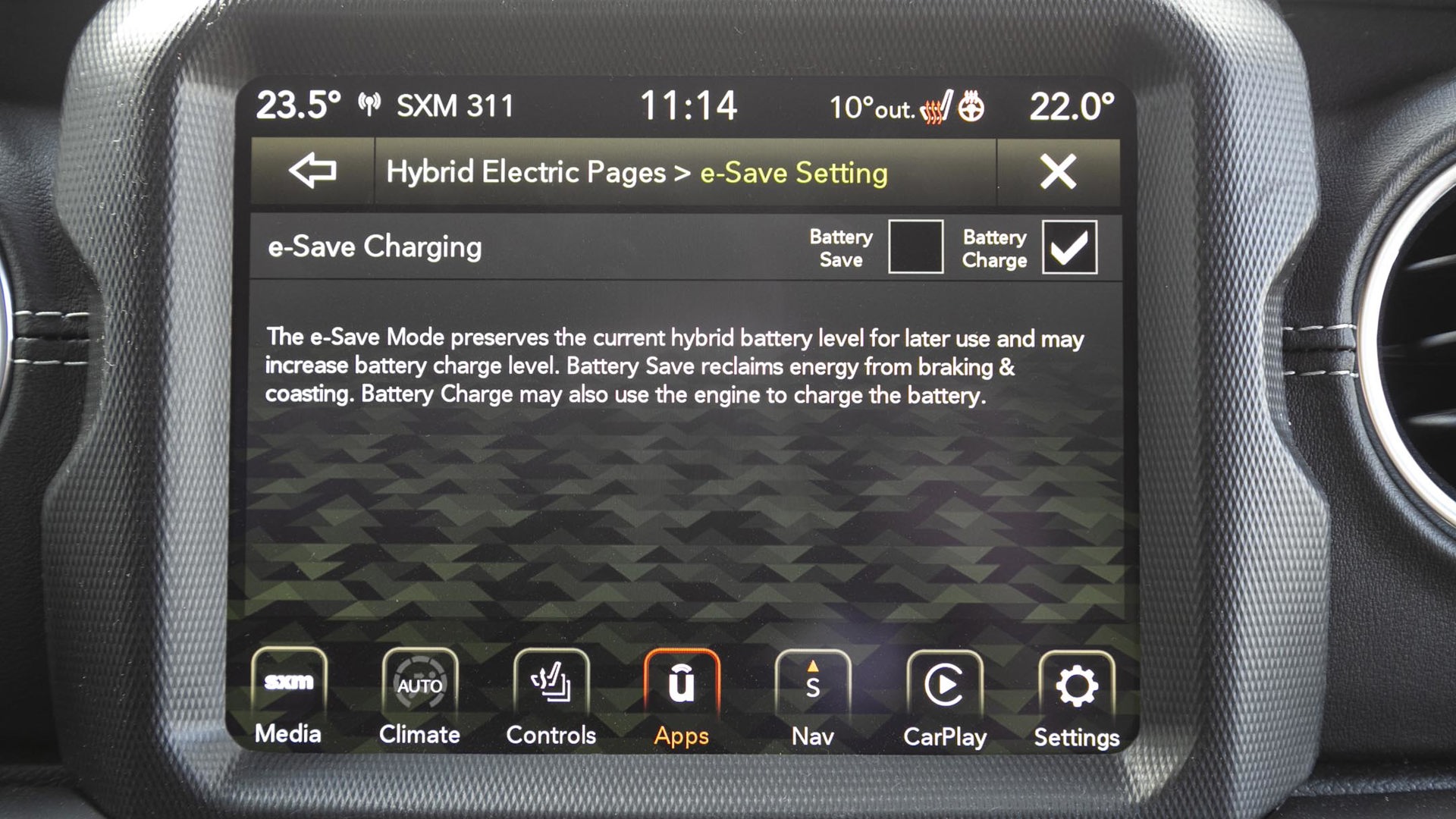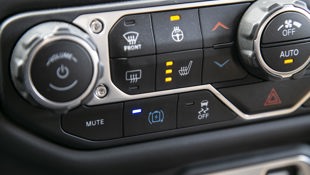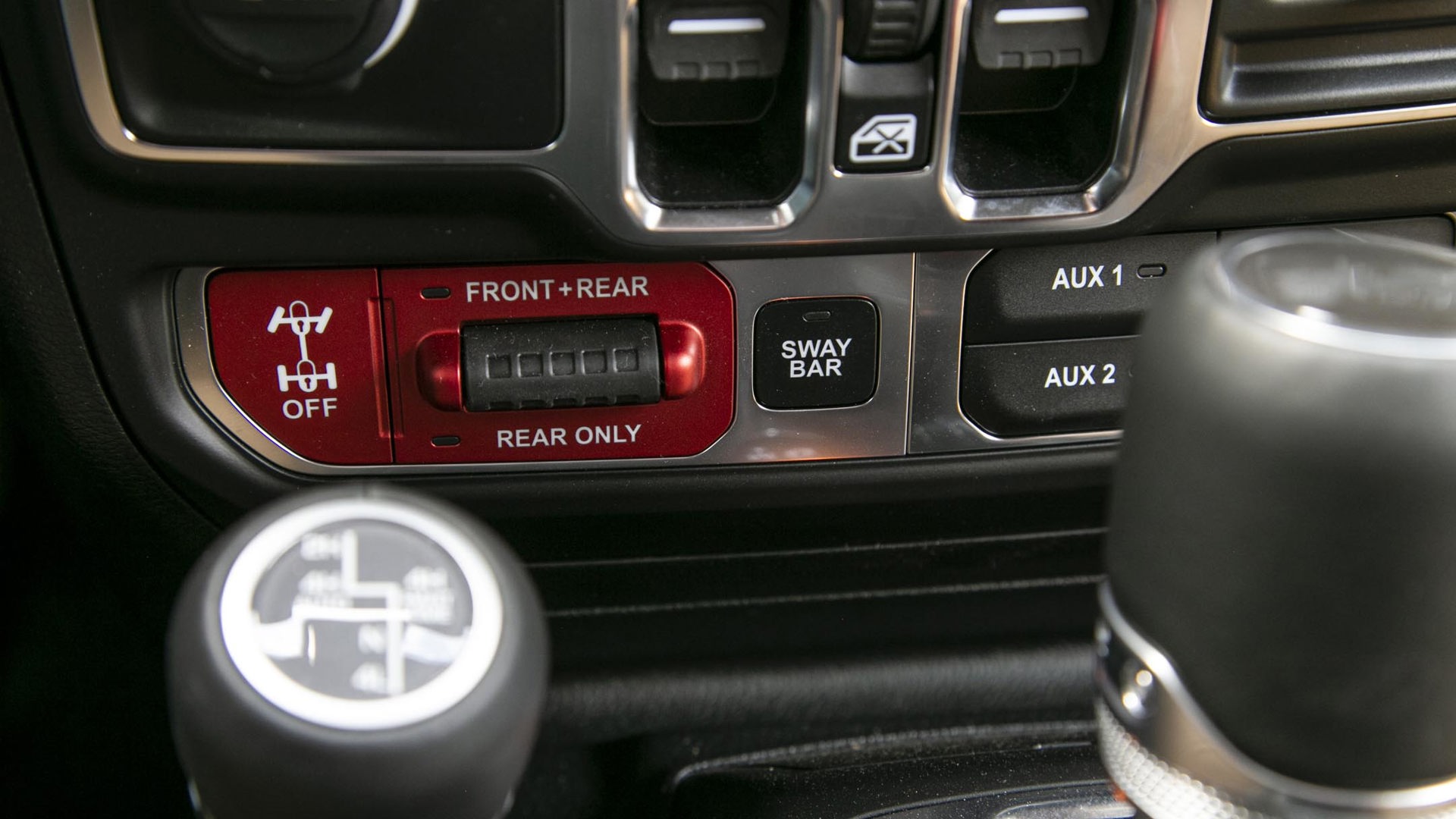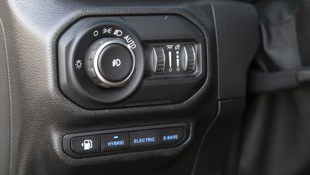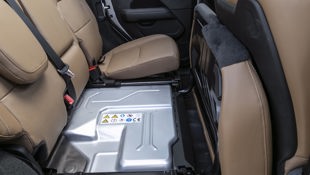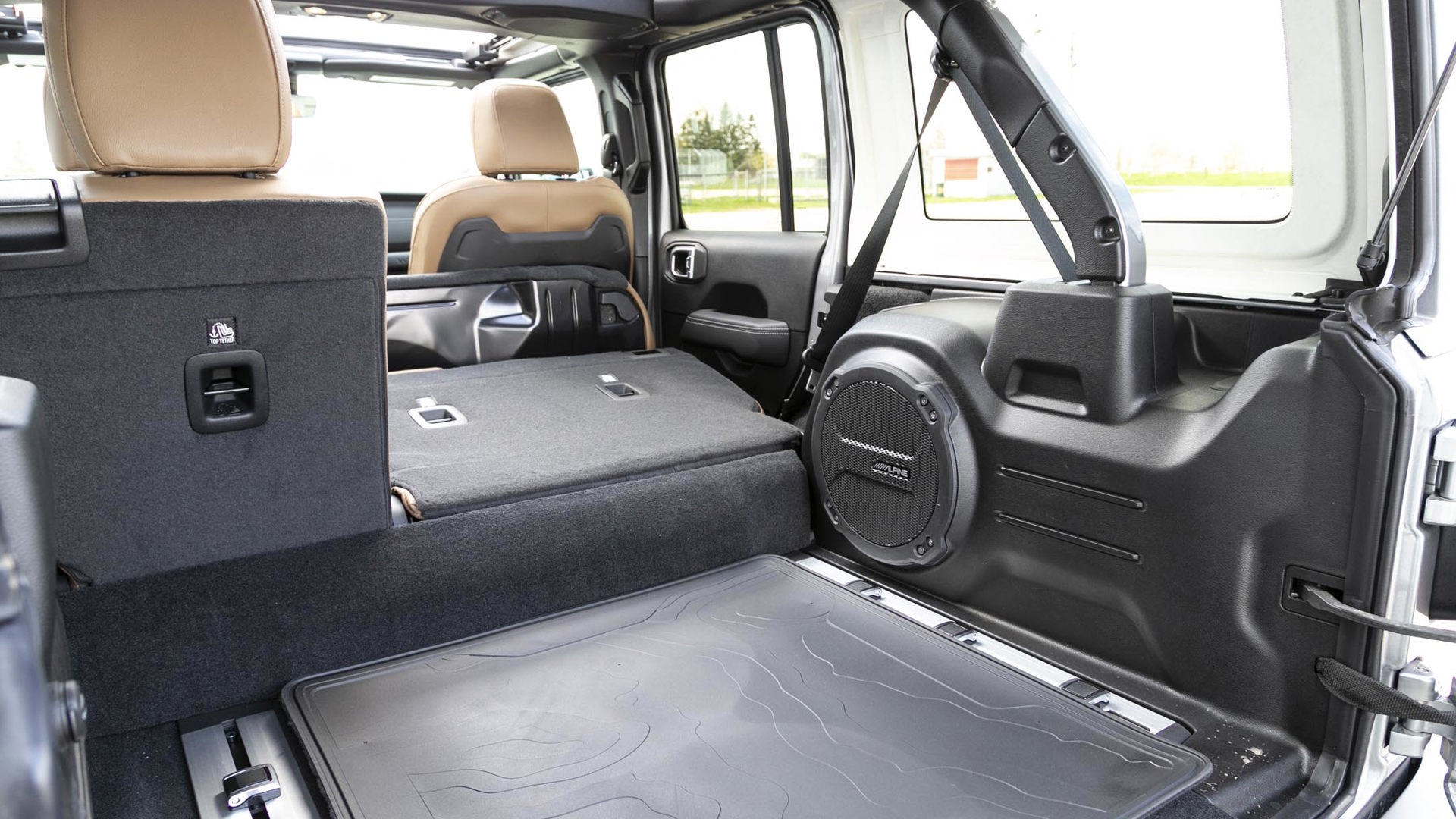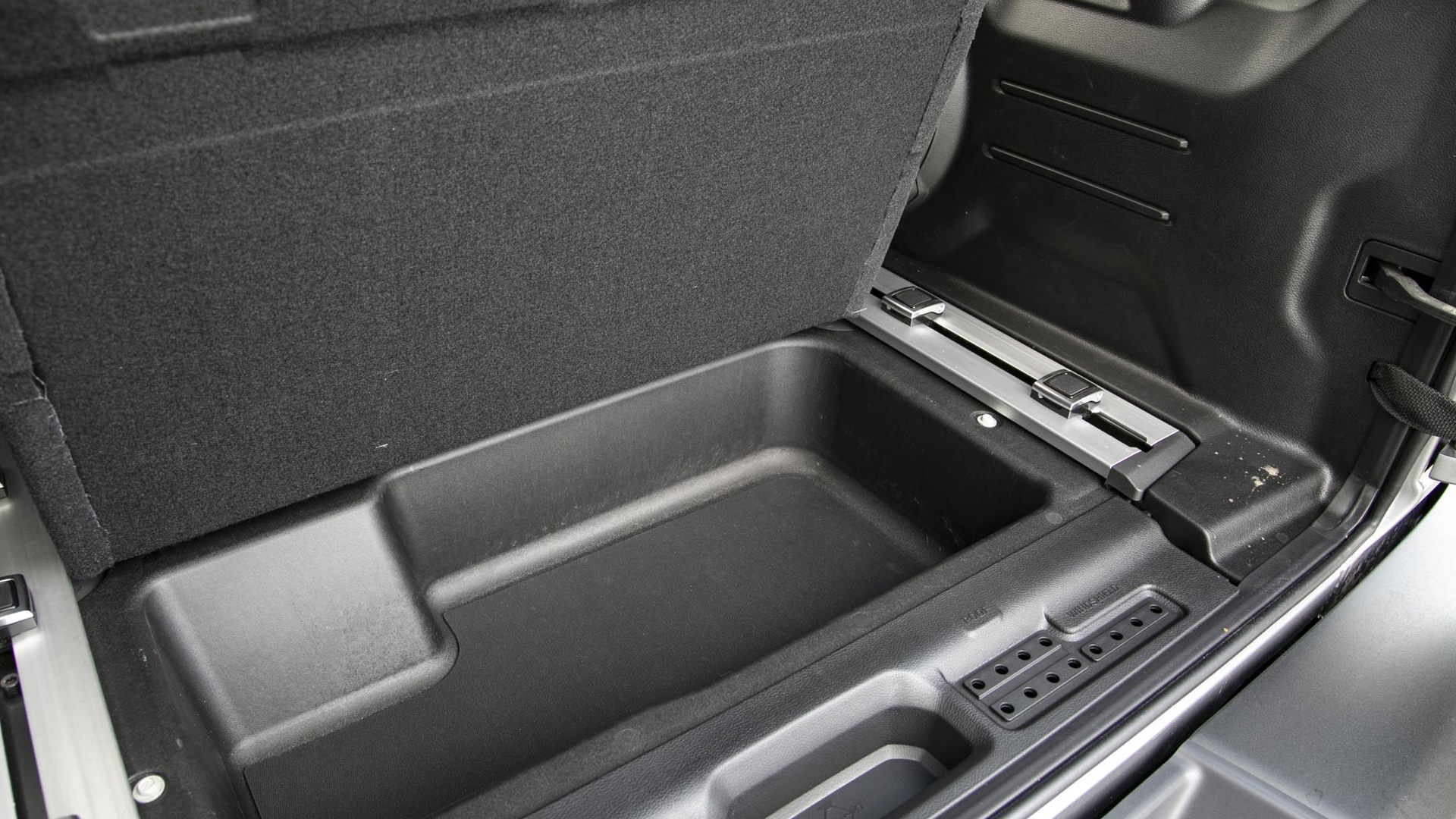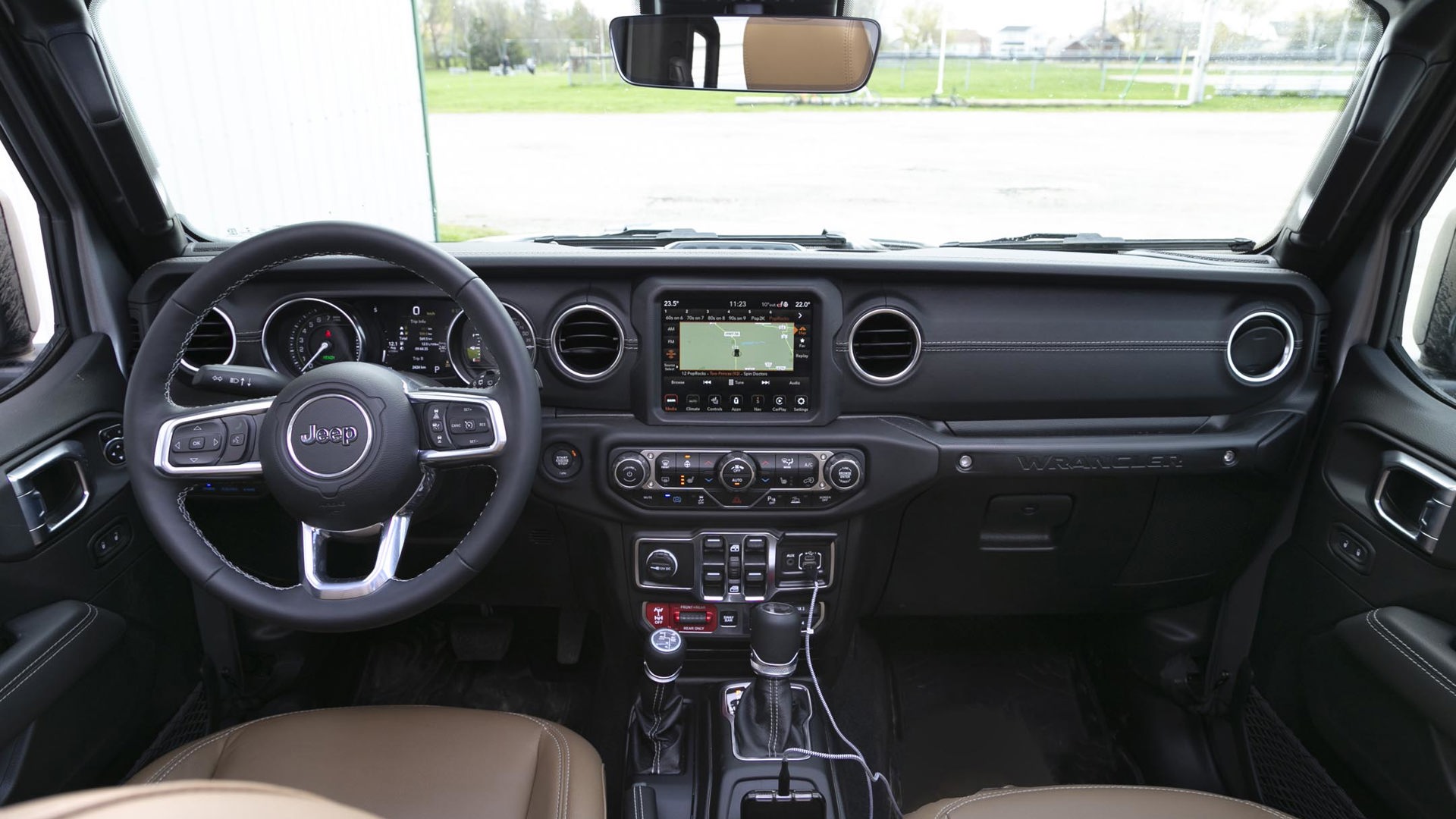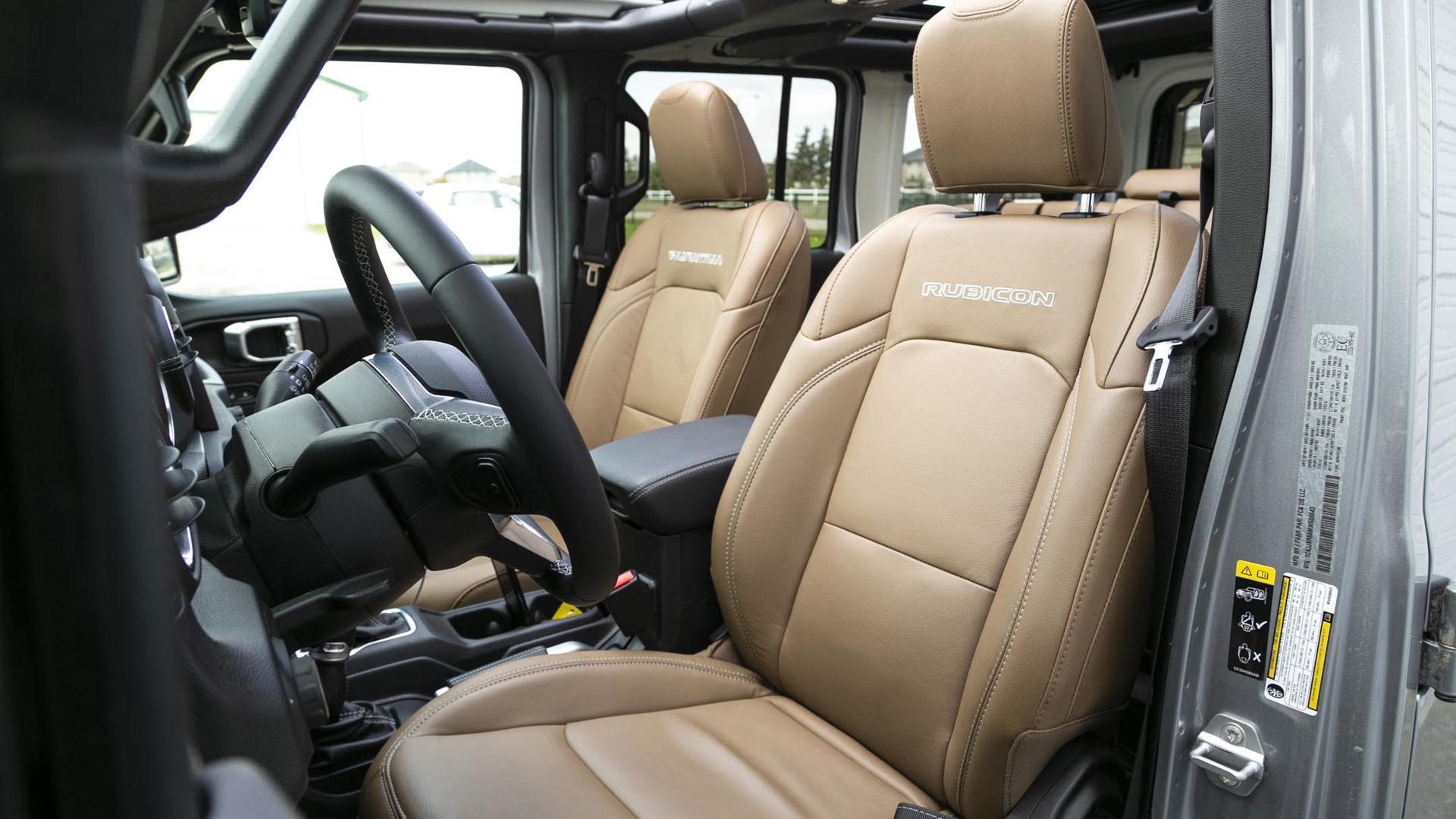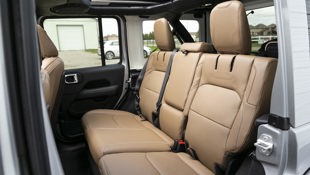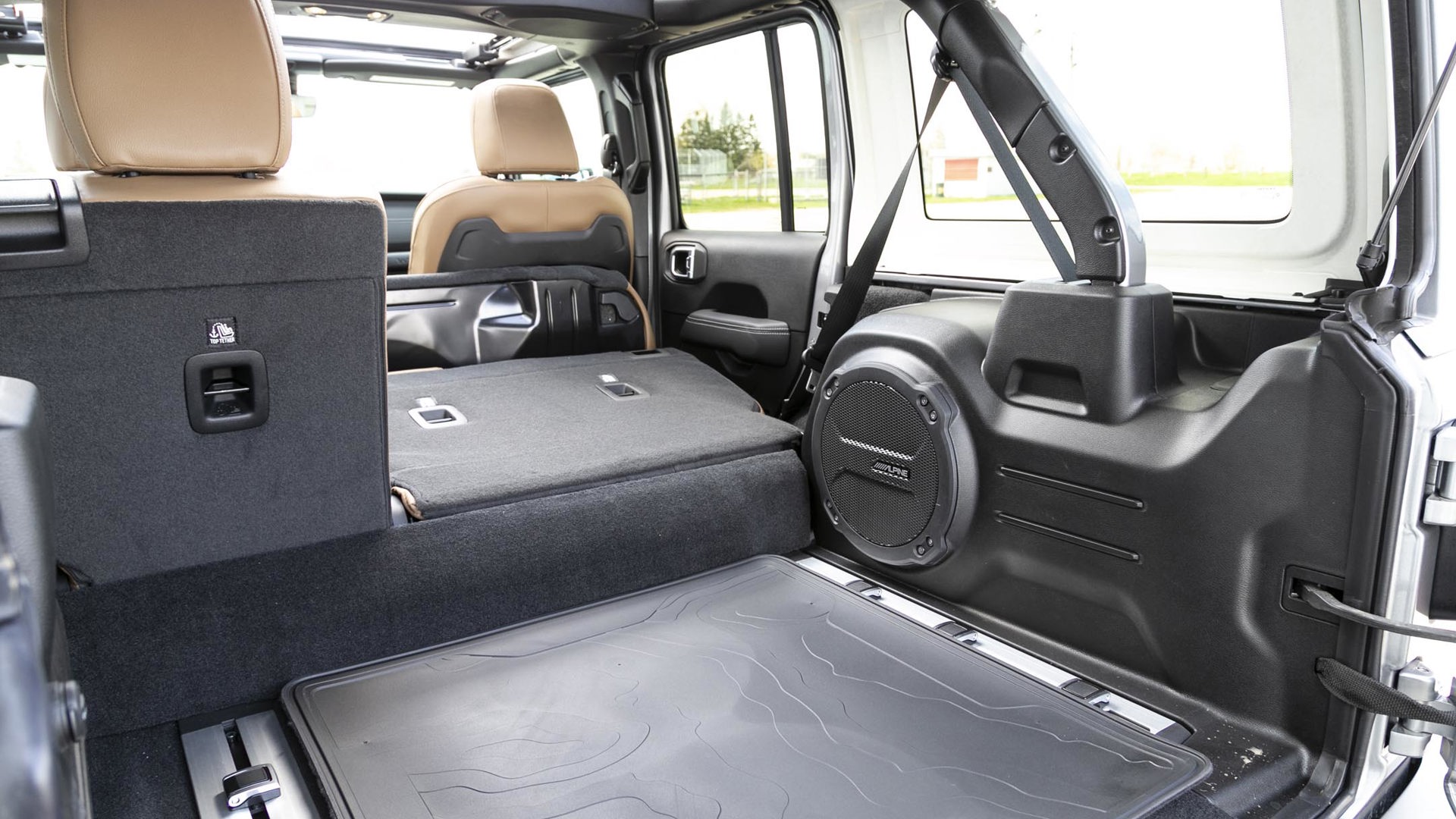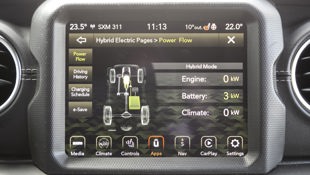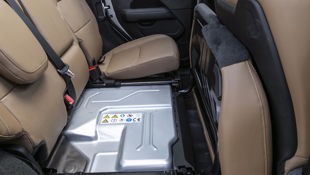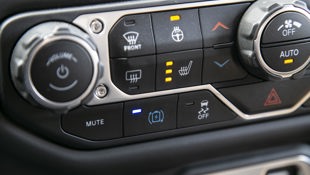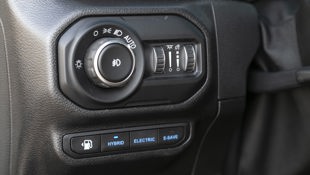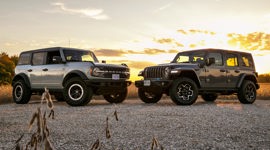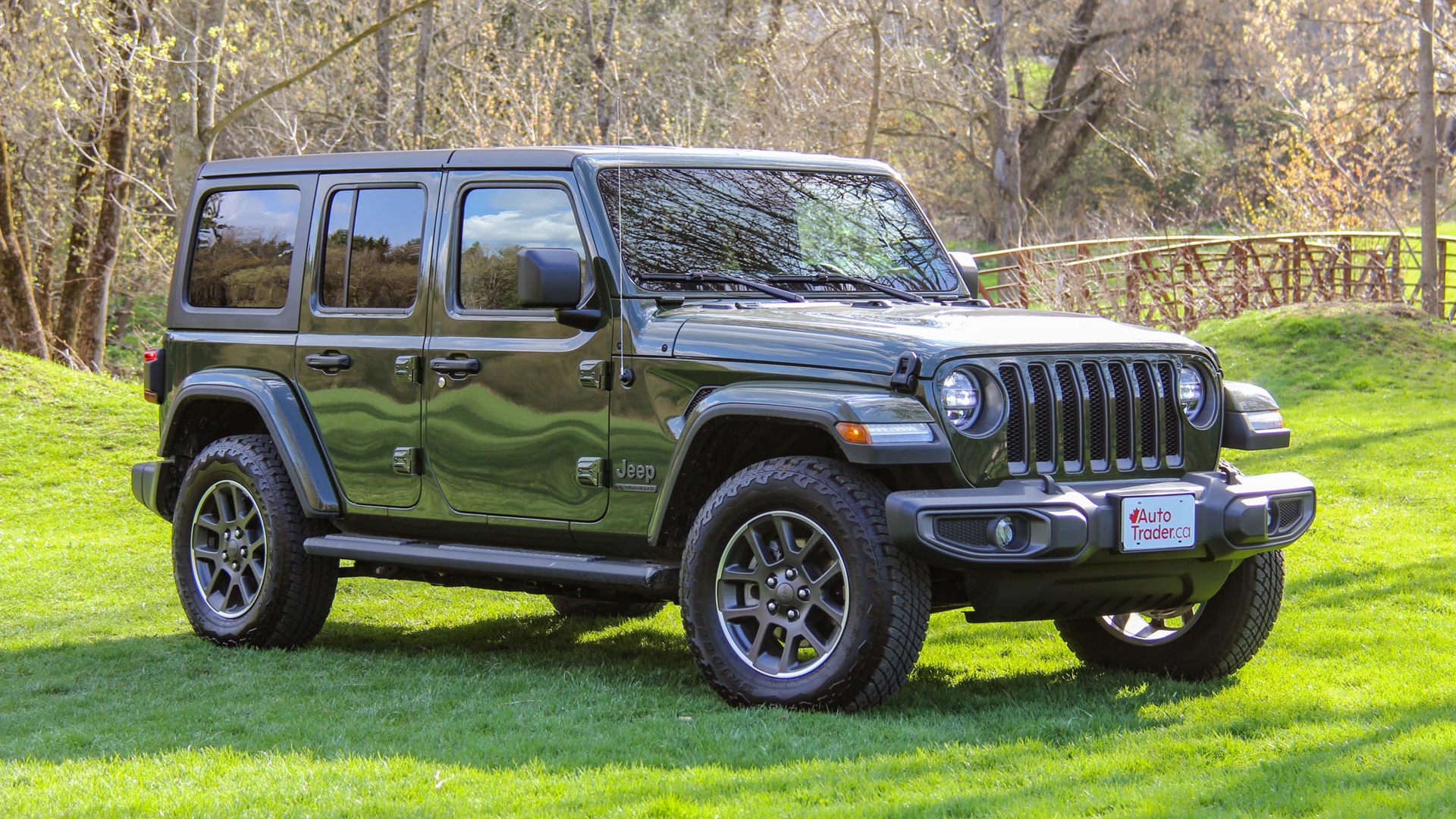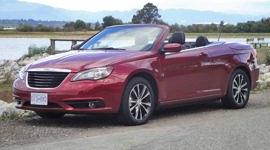Imagine showing up to a party filled with driving enthusiasts a decade ago and proclaiming you just saw an all-electric Ford Mustang – and an SUV to boot – parked next to a plug-in hybrid Jeep Wrangler covered in mud at a charging station.
“Hybrid? You mean like a Prius?” the other party-goers would undoubtedly ask before laughing you out of the room.
But this isn’t fantasy – it’s our automotive reality, where some of the most ferociously quick machines on the road (and track) are electrified, and many carmakers are incorporating hybrid technology into most – and in some cases all – of the machines they make today.
We’ve officially caught up to science fiction.
A Wrangler wearing a green-vehicle licence plate seems preposterous, but that’s exactly what buyers in certain provinces get when they splash out on the 2021 Jeep Wrangler 4xe plug-in hybrid. Jeep’s engineers didn’t phone it in with a mild hybrid, either; this one has a charging port just ahead of the driver’s side mirror that can connect to any number of Level 2 chargers sprouting up across the land (or a normal household plug) to zap some extra kick into the Wrangler.
A 2.0L turbocharged four-cylinder engine resides under the hood, which is a common Wrangler fixture these days. There’s a small electric motor mounted ahead of the engine that’s attached to a pulley that can feed the crankshaft or receive energy from the engine when coasting or braking to help with energy regeneration. A second motor is nestled between the engine and eight-speed automatic transmission, and the combined result is 375 hp and 470 lb-ft of torque, which, for those keeping score, means this eco-warrior delivers the same torque as the V8-powered Wrangler 392.
There’s a 17.3-kWh battery pack beneath the rear seat, and because every Wrangler is “trail rated,” it’s mounted inside the Jeep, above the floor pan, and it’s completely waterproof, so there’s no need to worry – even if you leave the top off and the interior gets wet. The 4xe will handle a Level 2 charger, but not a DC fast charger.
Jeep claims a maximum all-electric driving range of 34 km, which is on par with other PHEVs, though it may only be attainable with a Sahara trim wearing less aggressive tires than this Rubicon tester. Still, achieving close to 30 km of emissions-free driving is easily attainable since the Wrangler’s system, even in default hybrid mode, does a good job of keeping the gas engine out of the equation unless it’s really needed.
When in a hurry, the combined effort of the motors and engine is formidable enough to accelerate the 4xe from a stop to highway speed in roughly 6.5 seconds, despite the electrification adding nearly 350 kg (770 lb) of mass to the four-door Wrangler. The peacefulness of driving in EV mode only amplifies how noisy and coarse-sounding Jeep’s 2.0L engine is when it rather abruptly kicks in.
The additional weight doesn’t have much of an effect on the Wrangler 4xe’s on-road manners: there’s still lots of road and wind noise; it still handles poorly; and the ride is still quite bouncy. It’s still a Jeep thing, as the saying goes.
The 4xe lets the driver decide how to prioritize the gas-versus-battery energy, too. With my preferred off-road location not yet open for the spring season, I had a lengthy highway drive to get to a location suggested by Jeep. Wanting to try off-roading in pure EV, I selected the so-called E-Save button that strongly favours the gas engine in order to conserve battery power. When coupled with the option of a more aggressive regeneration setting, it was possible to start my EV trip once the pavement ended with a full charge. On the way home, even with the battery showing no dedicated electric range left, there was still always enough juice on tap to enable a hybrid boost when required.
Where so often hybrids dispense their power through continuously variable transmissions (CVTs), the configuration of the 4xe results in the unique experience of feeling the eight-speed automatic shift, even when it’s only the battery that’s powering the drive. And lest you think the Wrangler 4xe is a lesser off-road machine, rest assured that this electrified Rubicon is every bit as capable as the diesel or gas-only variants. There are still the usual skid plates, plus rock rails and Dana M210 front and M220 rear axles with lockable differentials, and the electrically disabled sway-bar, too.
The two-speed transfer case enables the 4xe to operate in rear-wheel drive, full- or part-time high-range four-wheel drive, or four-low – though whenever the latter is selected, the engine kicks in to help maximize available torque. Despite its weight gain, I was surprised at how similar the 4xe feels off-road compared to the lighter, gas-only versions, although this likely has more to do with the Wrangler always feels like a solid, heavy beast anyway, even without the added battery bulk.
And while the battery pack does mean the rear seat sits higher, it does still fold flat, but overall cargo capacity suffers slightly. Trailer-towing, however, does not suffer, and the Wrangler 4xe will haul 1,588 kg (3,500 lb), just like other Wranglers.
Jeep claims the Wrangler 4xe achieves an average combined electricity and gasoline consumption rate of 4.8 Le/100 km. The gasoline-only combined rate is 11.7 L/100 km, and with a few hundred kms of mixed bag city driving, country roads and off-road, I saw an indicated average of 11.2 L/100 km – and that’s after I charged it each night at home, and once at a local dealership. The diesel-powered Wrangler is better suited to my highway commutes and consumes notably less fuel than this 4xe.
Jeep’s stylists have done a great job keeping the distinctive Wrangler look for the 4xe with my silver Rubicon tester helping to really make the electric blue accents pop. The blue tow hooks front and rear, and “Rubicon” graphics along the hood are the most obvious giveaways that this is the 4xe, aside from the fender-mounted plug-port protrusion or tiny 4xe badge on the rump.
Inside, it’s a similar story with the interior looking and feeling like any other current-generation Rubicon. The windshield is still very vertical and controls take a bit of getting used to (particularly the dash-mounted window switches that allow for removal of the doors). And while Jeep’s infotainment system is starting to look a bit dated, it remains one of the most intuitive systems to operate and runs through an 8.4-inch touchscreen here.
The hybrid drivetrain adds about $8,000 to the Sahara Unlimited’s base price, starting at $54,995, but Quebec and British Columbia residents can take advantage of current rebates to offset some of that added cost. For the High Altitude ($59,990) and Rubicon ($59,995) trims, there’s a $10,000 premium over their non-electrified counterparts.
There’s a novelty to near-silent off-roading, and it’s nice knowing that a trail ride doesn’t need to add noise pollution to the landscape’s natural serenity. But there’s no real functional benefit to off-roading with the 4xe, and given the Wrangler’s barn-like aerodynamics, heavy drivetrain, and huge, inefficient all-terrain tires, it’s amusing that Jeep sought to make the Wrangler its first electrified offering.
What’s most impressive is that Jeep has succeeded in creating a legitimate PHEV out of the Wrangler, without it giving up any of what makes it absolutely legendary off-road. Jeep is reportedly in whole-hog on this endeavour, too, with Jeep-branded Level 2 charge points being installed at the trail heads of some key off-road destinations like Moab, Utah, and Big Bear, and of course, the Rubicon Trail in California. Plus, despite the Wrangler’s inherent inefficiencies that make it so tough off-road, it’s a well integrated and well executed hybrid system, and it holds tremendous promise for what Jeep can achieve with smaller, lighter, and more aerodynamic PHEV models.
These are indeed strange days, but the unimaginable future has arrived, and there’s no better proof than an electrified Jeep.
| Engine Displacement | 2.0L |
|---|---|
| Engine Cylinders | Turbo I4 plug-in hybrid |
| Peak Horsepower | 375 hp |
| Peak Torque | 470 lb-ft |
| Fuel Economy | 11.6 / 11.9 / 11.7 L/100 km cty/hwy/cmb; 4.8 Le/100 km combined, electric motor only |
| Cargo Space | 784.4 / 1,908.6 L with rear seat folded |
| Model Tested | 2021 Jeep Wrangler Unlimited Rubicon 4xe |
| Base Price | $59,995 |
| A/C Tax | $100 |
| Destination Fee | $1,895 |
| Price as Tested | $74,585 |
|
Optional Equipment
$12,595 – Billet Silver Metallic, $245; Leather seats, $1,095; Cold Weather Group, $995; Trailer Tow Group, $895; Safety Group, $945; Advanced Safety Group, $1,450; Steel Bumper Group, $1,295; Cargo Management Group, $195; floor mats, $100; Remote entry, $495; Body Coloured Fender Flares, $2,95; Power Fabric Sunroof, $3,995; Off-road Camera, $595
|
|
